Philips MLED920 is a natural continuation of last year’s PML9000 model, but it’s not a rehash. It’s clear that the manufacturer has done their homework – primarily, the local dimming algorithms have been improved, which last year could really spoil the viewing experience. Now, black levels and contrast are definitely better, and combined with Dolby Vision here, even HDR content looks quite decent. The picture can sometimes shine where it should, and it doesn’t strain the eyes in more challenging scenes. Undoubtedly, the greatest asset of the MLED920 is its unique Ambilight system. The three-sided backlighting can give films and games a whole new atmosphere – it’s as if the screen is extending beyond its boundaries, and the whole room becomes part of the viewing experience. This is something that will be appreciated not only by movie buffs but also by gamers, who, in addition to the lights, get a full set of features typical of modern gaming TVs: 144 Hz, VRR, ALLM, and Dolby Vision Gaming. In this regard, Philips has a lot to offer. But. Well, there’s a big but – this is where we reach the most difficult part of this verdict – it’s still a dual-purpose device. On one hand, we have strong picture quality and the unique Ambilight feature, on the other, there are hardware limitations that are hard to ignore. Titan OS in its current form is a big hindrance, full of bugs and shortcomings that make the TV lag behind the competition. Added to this is the price, which is by no means low for the features offered. Therefore, it’s hard to recommend it unequivocally to everyone. However, if you’re looking for Philips' brightest screen at a reasonable price, with Ambilight, a full set of features for gamers, and basic apps – the MLED920 will be quite a good choice.
- Matching (Score)
- Our verdict
- TV appearance
- Where to buy
- Contrast and black detail
- HDR effect quality
- Factory color reproduction
- Color reproduction after calibration
- Smoothness of tonal transitions
- Image scaling and smoothness of tonal transitions
- Blur and motion smoothness
- Console compatibility and gaming features
- Input lag
- Compatibility with PC
- Viewing angles
- TV efficiency during daytime
- Details about the matrix
- TV features
- Apps
- Playing files from USB
- Sound
Philips MLED920 / MLED910 vs Panasonic Z95B
Direct compare
MLED920 / MLED910

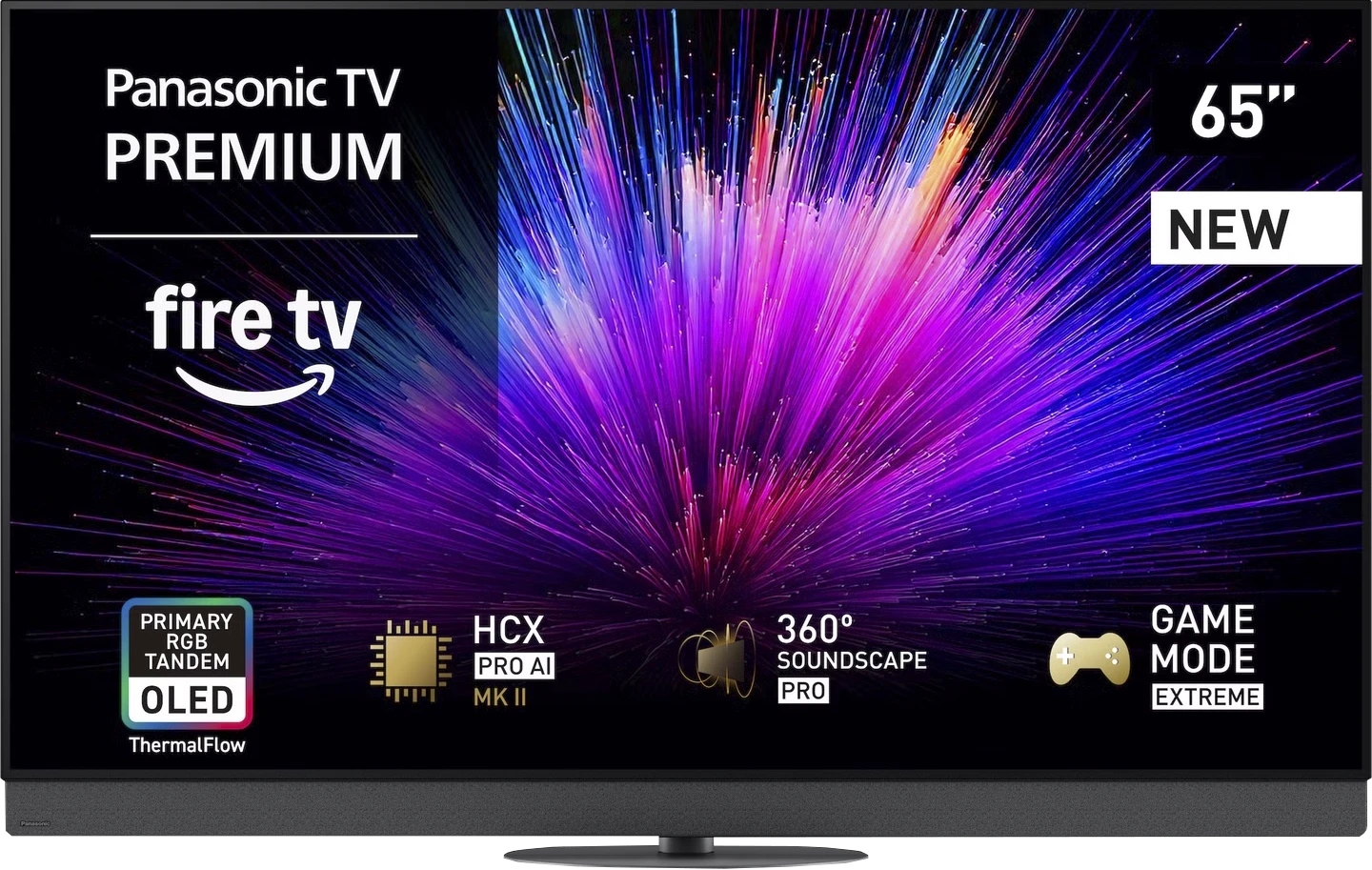
Panel type: LCD VA
Resolution: 3840x2160
System: Titan OS
Model year: 2025
Complete the survey to find out the result

Panel type: WRGB OLED
Resolution: 3840x2160
System: Amazon FireTV
Model year: 2025
Complete the survey to find out the result

Overall rating
6.5
8.5
Movies and series in UHD quality
6.4
9.0
Classic TV, YouTube
6.8
8.8
Sports broadcasts (TV and apps)
6.9
8.5
Gaming on console
8.5
9.6
TV as a computer monitor
4.0
8.6
Watching in bright light
5.5
7.4
Utility functions
5.5
6.8
Apps
6.7
7.2
Sound quality
6.2
8.9
Complete the survey to find out what fits your preferences
Advantages
Solid black and high contrast thanks to mini-LED backlighting
HDR brightness reaching 700–800 nits in real movie scenes
Support for multiple HDR formats including Dolby Vision and HDR10+
Ambilight – an element that adds atmosphere, especially in the evening
A lot of supported audio formats: DTS:X, Dolby Atmos, Dolby True HD 7.1
144 Hz panel with support for VRR, ALLM, and Dolby Vision Gaming
Loud sound (up to 88 dB)
Illuminated remote
Stunning black
Amazing brightness - over 2000 nits in HDR
Almost reference factory colours
Support for multiple HDR formats including Dolby Vision and HDR10+
Phenomenal motion smoothness - OLED panel, 144Hz
A brilliant choice for gamers, HDMI 2.1, VRR, ALLM, Dolby Vision Gaming and HGiG
Good compatibility with PC – 144 Hz, G-Sync and FreeSync
Very good sound from the built-in soundbar
Decent viewing angles
Disadvantages
Titan OS is quite underdeveloped – there are significant errors and missing features in the applications
Few user-friendly features
Hybrid infrared remote
Issues with the smoothness of tonal transitions in dark scenes
The television is not suitable (aside from gaming) for working with a PC – strong dithering and poor readability of fonts, especially coloured ones and on dark backgrounds
Fire TV – no app, strange errors, untranslated menu
No support for DTS:X
No ability to enable external subtitles from USB memory
Only two HDMI 2.1 ports, which is definitely too few for this class
Price clearly higher than competitors, which often lack such system issues
Our verdict
Panasonic Z95B is equipment that makes it hard not to raise your eyebrows in delight. From the very first moments, it's clear that we're dealing with an absolutely exceptional screen, capable of bringing out the best in films and games. The black levels are perfect, brightness in HDR is stunning, and the colours – whether in movie mode or gaming – show that the factory calibration at Panasonic has reached a level that other manufacturers can only aspire to. Add to this the fantastic sound from the built-in soundbar and excellent viewing angles, and you have a television picture that, in terms of image quality and overall audiovisual immersion, seems to be complete. But the longer we used it, the more the impression grew that we were encountering a device that was somewhat split. On one hand, it acts like a reference monitor, perfect for assessing video material and enjoying films or series, and even for gaming; on the other hand, it's a television that can disappoint in its everyday functionality. FireTV in its current version can be frustrating, there are far fewer apps than competitors, some won't install at all, and the system can easily stumble. There are also strange system problems like the lack of support for basic subtitles in films from USB – these may seem like minor details, but they contribute to the overall impression of a device that is far from ideal in daily use. And this is where the biggest paradox of the Z95B appears. It's a television that probably offers one of the best images currently available in showrooms, while also being one that is hard to recommend as a typical "television" without reservations. The competition, although often visually slightly weaker, tends to be simply more user-friendly and costs significantly less. Therefore, the Z95B is a proposition for image purists, for those who seek a reference screen and are willing to accept all the compromises related to the non-functioning features. For them, it will be a dream device. For others – a demonstration of Panasonic's strength and more of a curiosity.
TV appearance




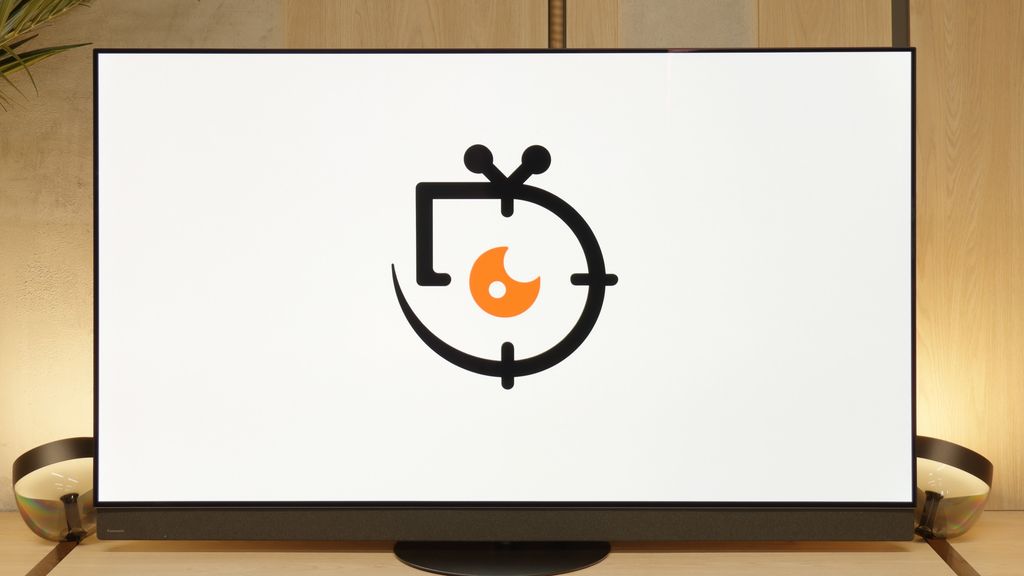
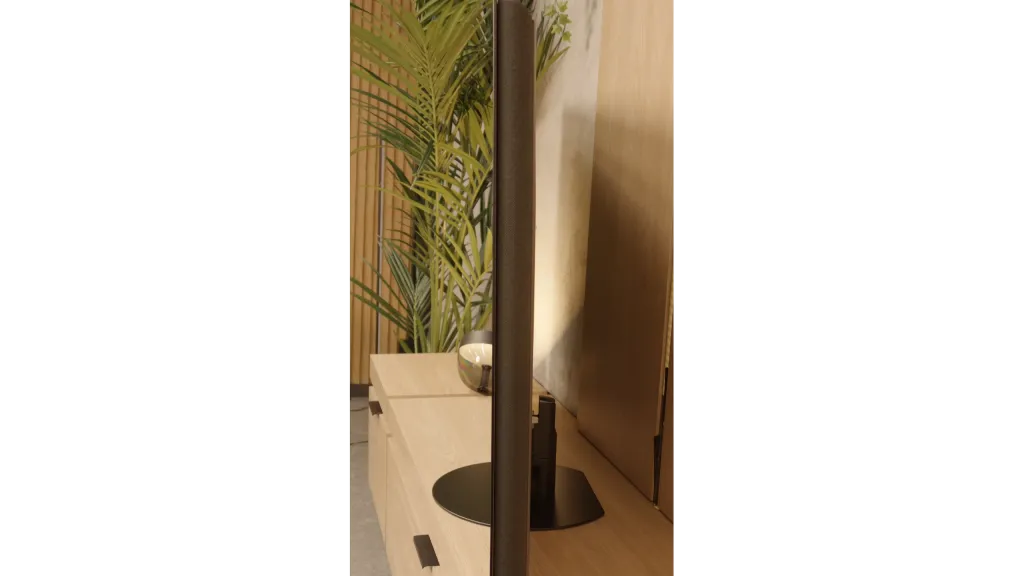
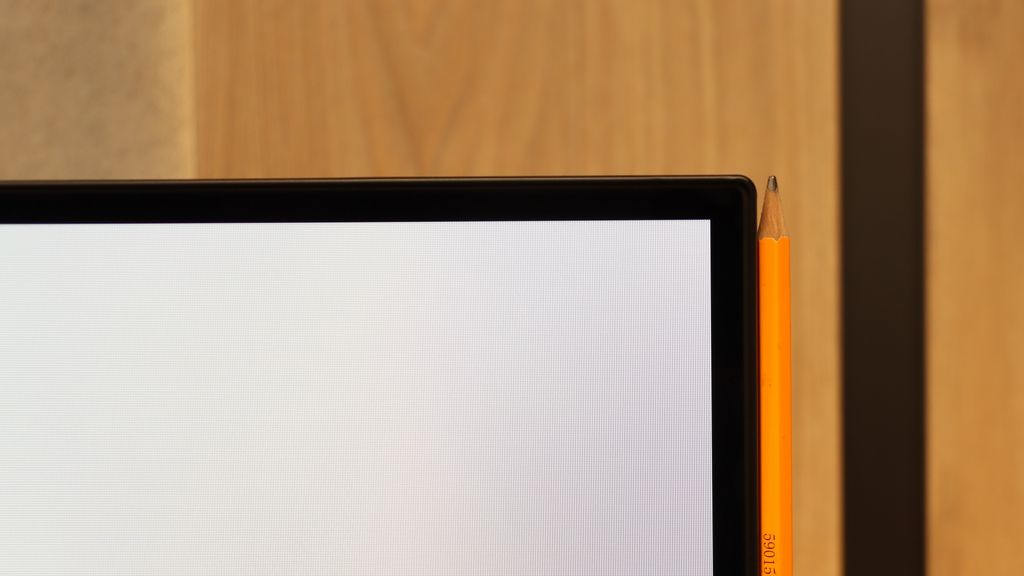
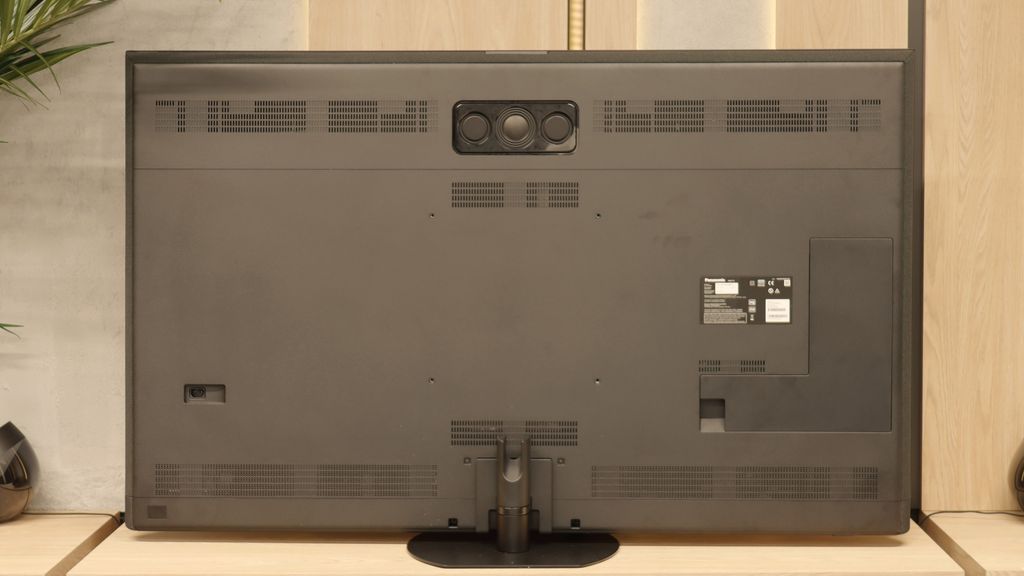
Contrast and black detail
7.9/10
10/10
Local dimming function: Yes, number of zones: 144 (12 x 12)
Contrast:

Result
298,900:1

Result
38,500:1

Result
23,950:1

Result
16,850:1

Result
8,000:1

Result
∞:1

Result
∞:1

Result
∞:1

Result
∞:1

Result
∞:1
Halo effect and black detail visibility:

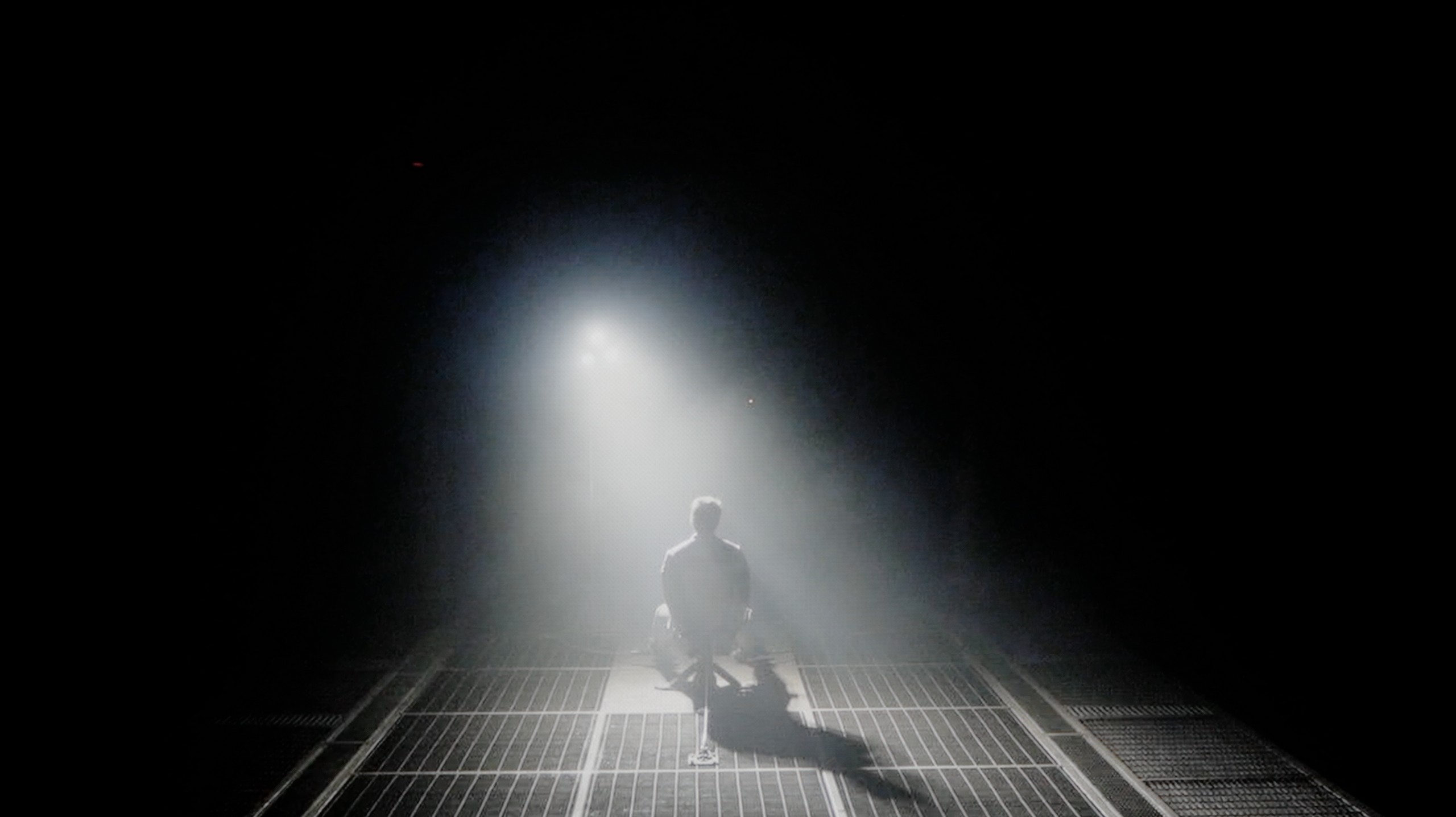
Philips MLED920 in the 55-inch version that we had the opportunity to test uses a high-contrast VA panel. The panel itself is one thing, but the real standout feature of this model is the mini-LED backlighting. This largely determines how black and contrast look – and it must be said that Philips has taken a big step forward compared to the models from 2024, where the local dimming algorithms performed just average. In this new version, it is significantly better, and the contrast presented by the MLED920 can truly surprise in a positive way. At times, it even approaches the level known from the best LCD TVs on the market – blacks can be deep, the image gains a three-dimensional quality, and viewing experiences in a dark room leave a great impression. Of course, as with any mini-LED TV, this is not an image completely free of compromises. With a large number of small elements on the screen, the local dimming algorithms can sometimes get confused – at times dimming details more than we would like and other times brightening the background, resulting in slight, light blue halos around objects (the so-called halo effect). Despite these imperfections, we must emphasize that black and contrast are truly strengths of the Philips MLED920 and definitely one of the reasons to consider it in the mid-range segment.
The black level and contrast in the Panasonic Z95B can be summed up in one word – perfection. As with every OLED TV, the panel controlling individual pixels allows for complete dimming of parts of the image, resulting in absolute black. This means the Z95B offers perfect separation between bright and dark elements of the scene, with no visible halos, brightenings or halo effects on the screen. Even in the most demanding sequences, where other LCD TVs reveal their limitations, the picture here remains clear and readable. In practice, it’s hard to imagine that in this category OLEDs could improve any further, as the technology of self-dimming pixels simply has no weak points when it comes to contrast. The Panasonic Z95B follows this trend and demonstrates that when it comes to black levels, there is no room for significant improvements – it sets a reference level that is hard to surpass.
HDR effect quality
5/10
8.7/10
Luminance measurements in HDR:

Result
722 nit

Result
177 nit

Result
775 nit

Result
131 nit

Result
677 nit

Result
2069 nit

Result
2118 nit

Result
2131 nit

Result
2114 nit

Result
1442 nit
Scene from the movie “Pan” (about 2800 nits)


Scene from the movie “Billy Lynn” (about 1100 nits)


Static HDR10


Dynamic: Dolby Vision
Dynamic: Dolby Vision


HDR luminance chart:
Panasonic Z95B
HDR luminance
Luminance of RGB colors
Philips MLED920 / MLED910
HDR luminance
Philips MLED920 in our measurements in static tests even reached around 900 nits, which for a mid-range model is quite an impressive result. In practice, this translates to a lot of satisfaction during viewing – in scenes rich in bright light, such as the first, third, or fifth test patterns, the screen was able to generate around 700 nits, which is sufficient to feel the real "HDR effect". However, it cannot be denied that the limited number of backlight zones and the typical mini-LED compromises in dimming algorithms reveal their flaws in more demanding scenes. In sequences with small light sources – like the moon or a scene from the film Sicario 2 – the television clearly prioritises maintaining deeper blacks at the expense of the brightness of these small elements. For most viewers, this is still a reasonable compromise, as the dark background looks much better, although it should be noted that the details themselves may not dazzle with intensity. The question of colours also leaves a bit to be desired. Although the employed PFS filter (the equivalent of quantum dots known from QLEDs) does its job and the colours appear quite vibrant, the coverage of the DCI-P3 colour space reaches "only" 90%. In everyday viewing, this will be sufficient, but in extremely colourful productions – like the latest Disney animations – one can notice that some tones are not as vivid as they could be in other constructions.
The HDR effect quality in the Panasonic Z95B is among the absolute best. Thanks to the latest generation panel, named Primary RGB Tandem OLED by the manufacturer, the television can achieve over 2000 nits of brightness in movie scenes. The effect is impressive and can amaze with its intensity of light, giving a sense of contact with the screen that goes beyond previous experiences. Similar feelings were only experienced during tests of the LG G5, Samsung S95F, or Philips OLED910. Of course, there are moments when the device's algorithms decide to limit luminance – this especially applies to full-screen bright sequences, such as the ending credits in the movie The Meg. Even then, the Z95B maintains a level of around 1500 nits, which is still an extremely impressive result. Thus, it can be said that HDR in this model has been brought to a masterful form. A significant step forward is also visible in the reproduction of the colour palette. The new tandem OLED panel does not yet match the best QD-OLED screens in terms of gamut coverage, but the gap between these solutions has significantly decreased. When watching films, the differences are subtle enough that under normal conditions it's hard to notice them, and the colours remain vibrant and saturated.
Factory color reproduction
5/10
9.5/10


Factory Mode
After calibration


Factory Mode
After calibration
Like every Philips TV we've tested, the MLED920 was primarily assessed in Filmmaker mode – the so-called "most honest" mode, designed for films and to faithfully convey the intentions of the creators. Indeed, in terms of colour accuracy, it performs best among all the modes available on the TV, but it is not without flaws. The first thing that stands out is the white balance. The image has a slight tendency towards purple-pink tones, giving it a somewhat unnatural character. However, an even bigger problem turned out to be what we mentioned earlier – image clipping. Just looking at the gamma or EOTF charts reveals that the line deviates significantly from the norm, dropping below a value of 1.8. In practice, this means "bleeding" of the brightest whites, where the image becomes almost milky. Fortunately, most of these issues can be corrected – the MLED920 responds to calibration, and with a few adjustments, image quality can be significantly improved.
The factory colour reproduction in Filmmaker mode, my dear friends, is a true phenomenon in the case of the Panasonic Z95B. I'm talking about our test sample, but the results were so good that it's hard to believe. The only detail that one could nitpick is a slight lack of blue in the white balance, but apart from that, the television straight out of the box presented an image like we have never seen in factory mode. Colour palette tests, Color Checker – everything indicated values below Delta 2. This is a much lower result than the threshold of human eye perception, which means, to put it simply, that the viewer has no chance of noticing serious deviations. It looks as if Panasonic actually calibrated this model at the factory stage. Of course, we cannot exclude the possibility that we got an exceptionally well-set specimen, but the result still makes a stunning impression. We are very strict when it comes to assessing factory calibration, and here our jaws simply dropped.
Color reproduction after calibration
7.5/10
9.8/10




After calibration, we managed to largely tame the white balance – to the extent that the average viewer will not be able to detect colour inaccuracies. The characteristic pink-purple glow that previously disrupted the naturalness of the image has also disappeared. The colour palette has been organised, and the colours appear more cohesive and neutral. The gamma in SDR content looks really good after calibration – there’s no sign of the earlier “bleeding” effect in bright scenes. The image has become more contrasty and free from the milky effect that previously severely affected the viewing experience. In the case of HDR content, the improvement is also noticeable, although here it is still evident that the television goes “its own way”. The EOTF curve cannot be fully adjusted, as Philips simply does not offer tools for precise control of this parameter in its settings. In many films, the television still exposes the image “in its own way”. Despite these limitations, calibration has brought a lot of good – the majority of colour inaccuracies have been minimised and the overall image balance has significantly improved. However, one must remember that certain barriers arise from the very hardware construction and simply cannot be overcome.
The colour reproduction after calibration on the Z95B is a topic that’s hard to elaborate on, as there wasn’t much to do here. A slight adjustment of the white balance was enough to eliminate the lack of blue, and at that moment, the picture jumped to an almost reference level. It must be said that we haven’t had such a small range of adjustments in a long time. If any of you are particularly perceptive, you might notice minimal deviations in the EOTF curve, but this is more related to the functioning of the dynamic tone mapping feature we mentioned earlier. In reality, this isn’t a flaw, but a characteristic of this solution, which intentionally alters the brightness profile depending on the scene. In summary, we are extremely impressed. The Panasonic Z95B is a television that looks great right out of the box, and after calibration, it reaches a level where we really struggle to find anything to improve.
Smoothness of tonal transitions
6.5/10
7.8/10







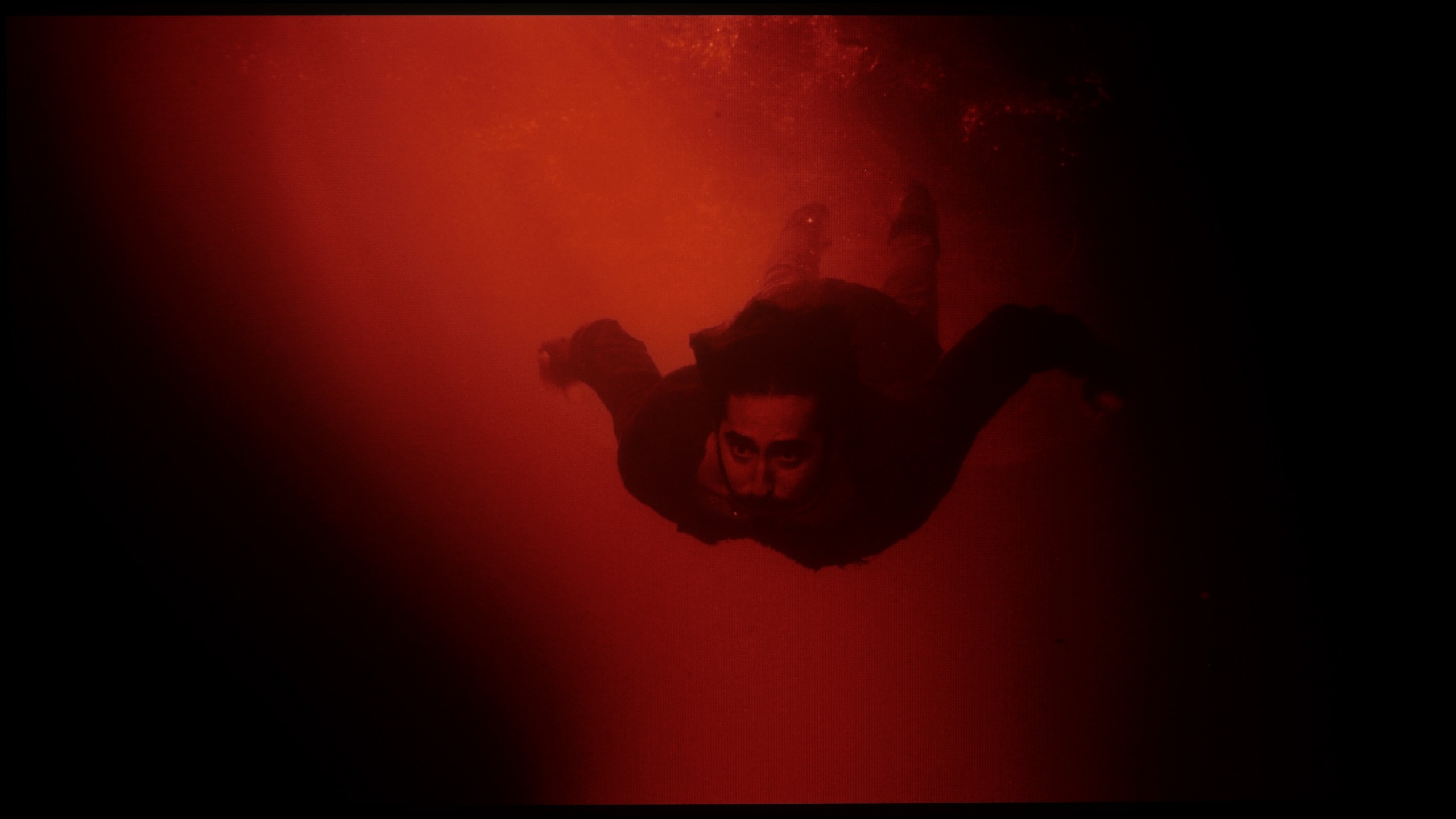




The fluidity of tonal transitions in the Philips MLED920 is not its strongest suit. In our tests, we quickly noticed that the television has noticeable issues in darker scenes – examples include segments from the film The Green Knight or test grey palettes. There, you can see characteristic banding of colours and too harsh transitions between shades, which can be quite noticeable in productions with a darker aesthetic. Fortunately, the situation looks better in brighter scenes – there, the image presents smoothly and without significant artifacts.
Posterisation, or colour banding, was the Achilles' heel of Panasonic's flagship last year, the Z95A. In the new Z95B, it's clear that the manufacturer has made an effort to improve this issue related to gradation, and the problem has largely been corrected. In most scenes, colour banding is no longer visible, and tonal transitions are smooth and look natural. However, this doesn't mean that the problem has completely disappeared. In extremely challenging sections, especially in very dark scenes like those from the film Green Knight, some imperfections can still be detected. Nevertheless, it's gratifying that Panasonic approached the issue seriously and made a significant step forward, as the difference compared to the previous model is truly noticeable.
Image scaling and smoothness of tonal transitions
7/10
6/10
Smooth transition function


Image without overscan on the SD signal


The manufacturer has equipped this model with several features that improve signal quality, and although we usually approach such “enhancers” with caution, here they prove to be really helpful. The key option is called “distortion reduction” – it works best at a medium level because, on one hand, it effectively smooths out unwanted steps and colour transitions, and on the other, it doesn’t excessively cut details, meaning the image still looks natural.
It’s a bit worse when it comes to upscaling. Lower quality materials – such as the test video with the model – appeared soft and lacking sharpness. Of course, it can be partially adjusted with the sharpness slider in the menu, but the result still falls short compared to what competitors offer at a similar price. Philips still needs to work on this aspect because, in light of the successful improvement of tonal transitions, the upscaling simply comes off weak.
Let's start with what works well. The upscaling in the Z95B is at a very high level – the image in lower resolutions is clear and sharp, and the only minor shortcomings are slight banding in some areas of the picture. It's also important that the television doesn't crop the material in any way and maintains its proportions, which is not always an obvious fact even in 2025.
The situation looks worse when it comes to digital processing. Features like "gradation smoothing" or "block noise reduction" essentially do not work – the tested material looked identical regardless of the settings. We might as well say that this feature simply doesn't exist. It's a bit disappointing, especially since Panasonic heavily promotes its HCX Pro AI II processor, boasting the presence of artificial intelligence improving image quality. Meanwhile, in such a basic matter, the television does not deliver a real effect and it looks weaker than one would expect from top-tier equipment.
Blur and motion smoothness
7.8/10
8.5/10

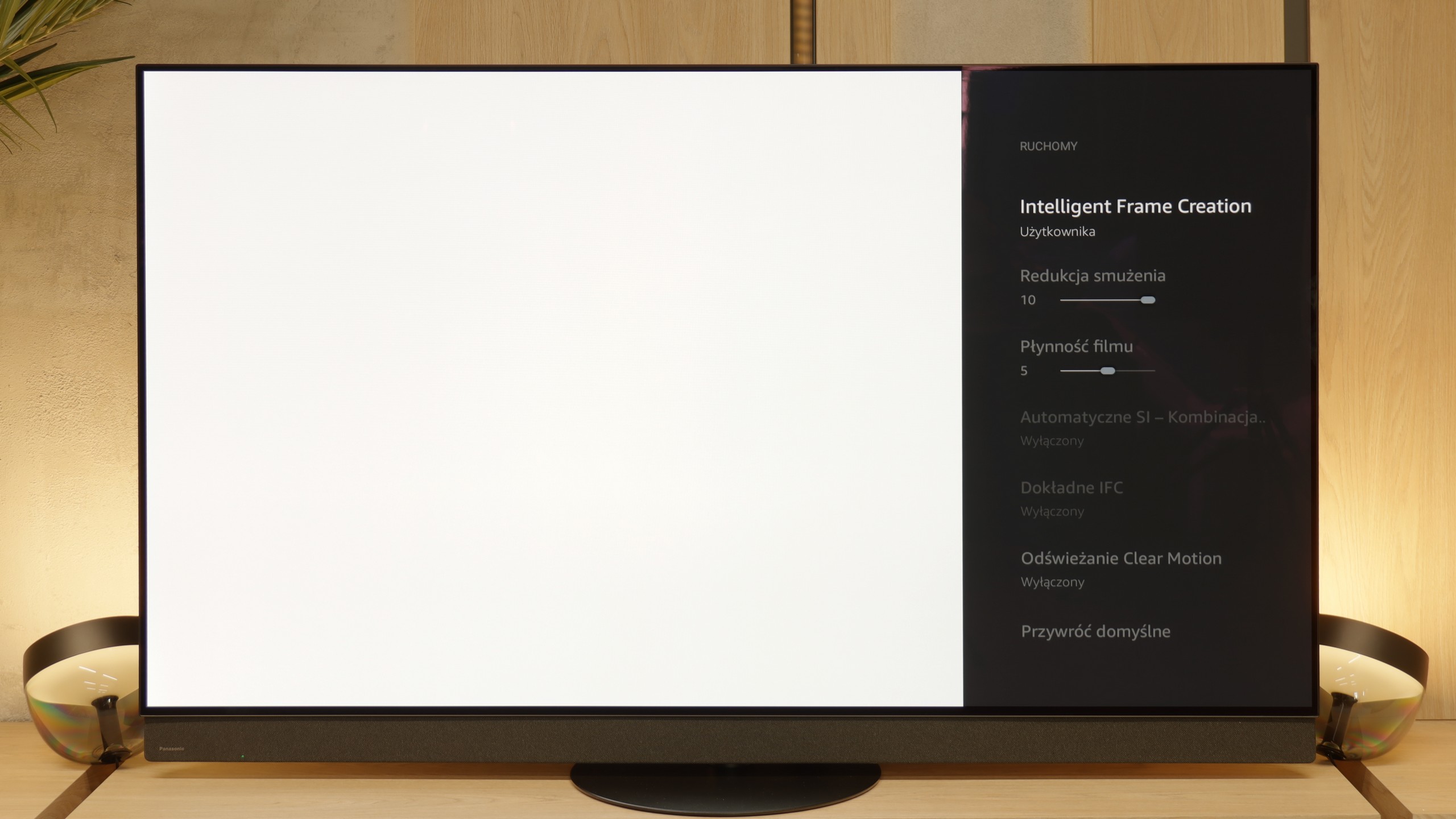
Blur (native resolution, maximum refresh rate):



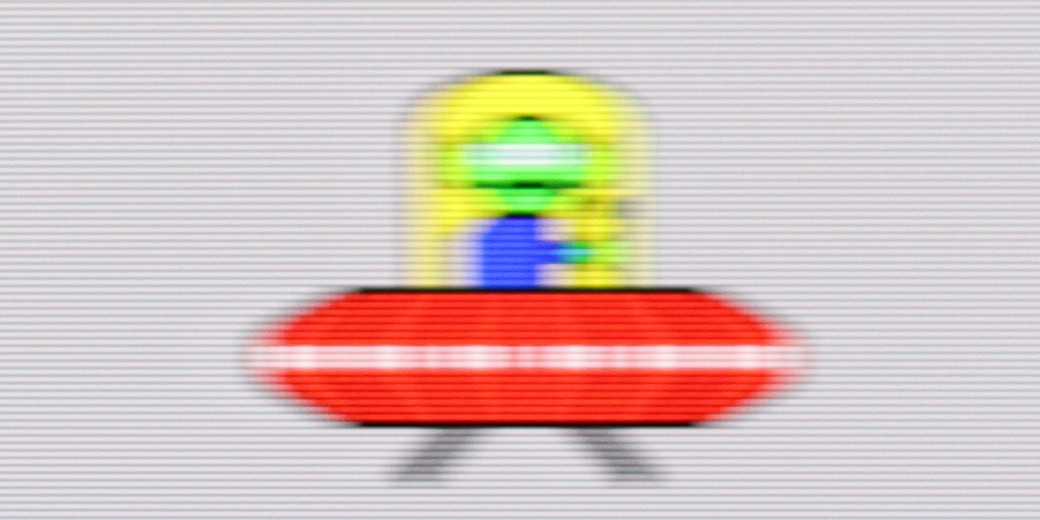
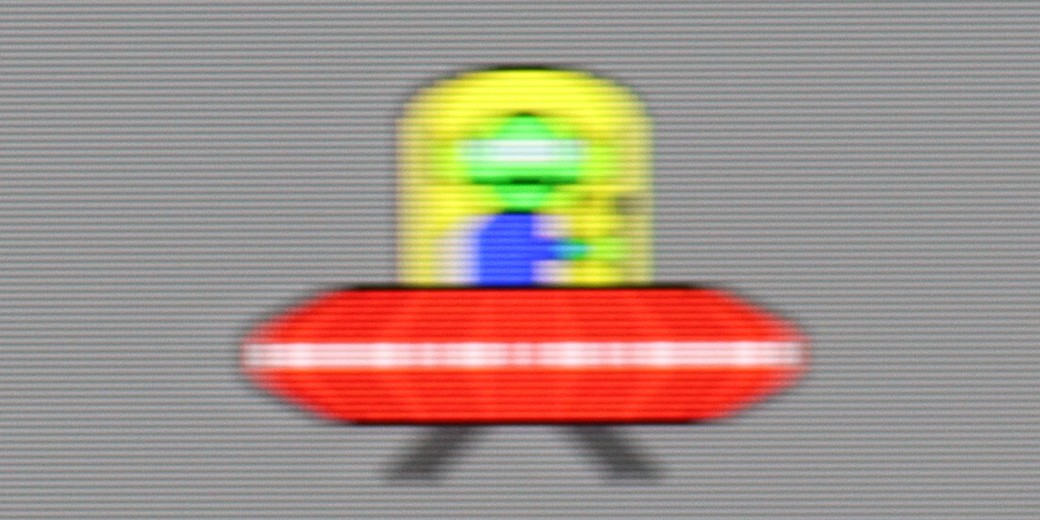
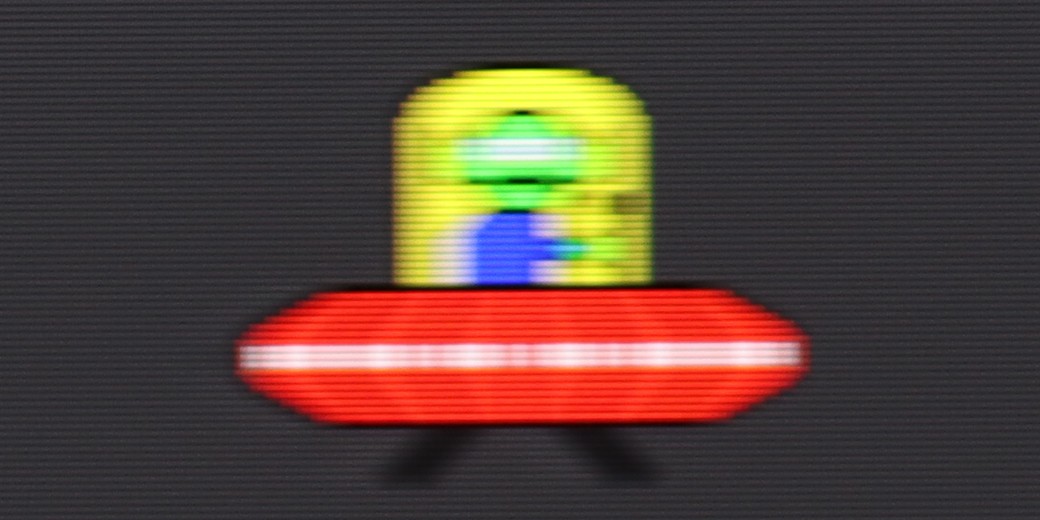
Blur (BFI function enabled):
Image flickers in this mode
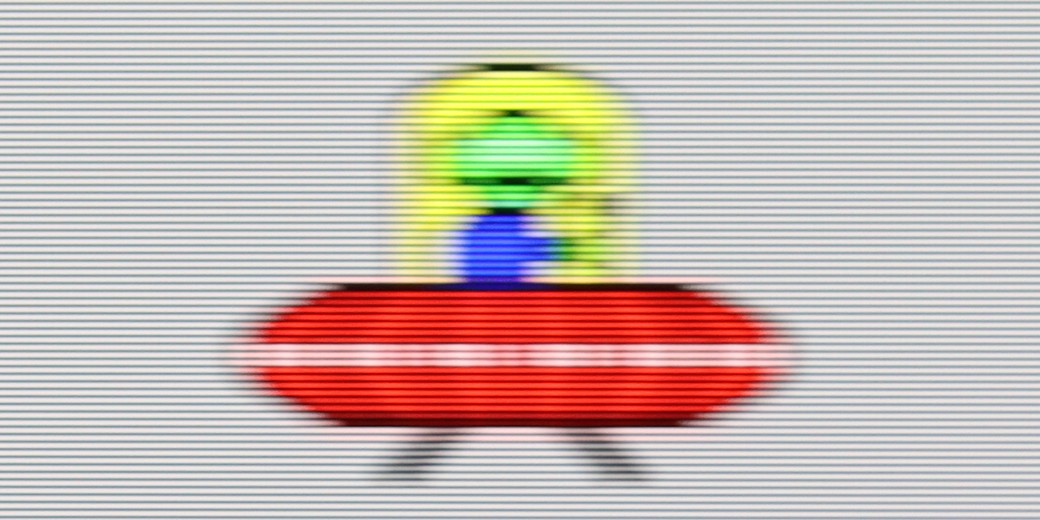

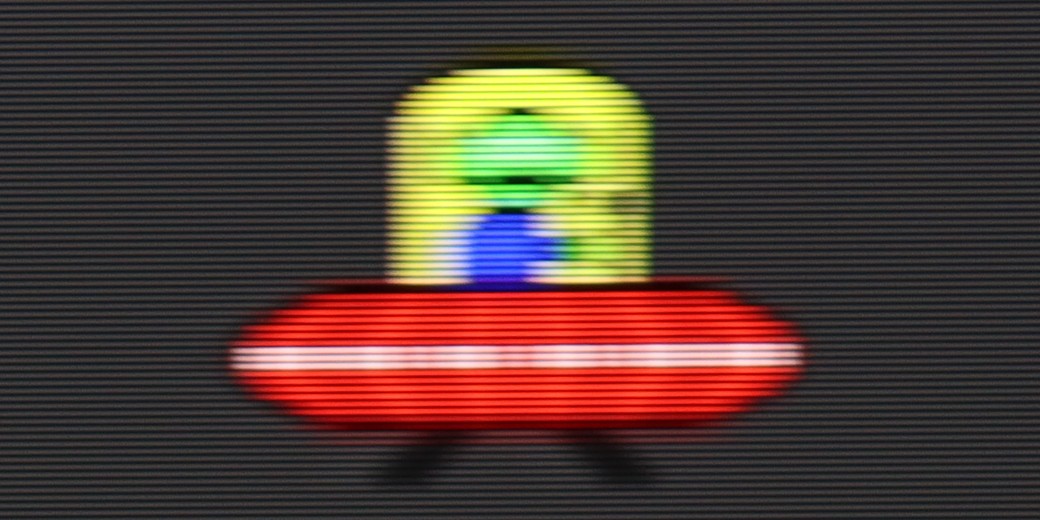
Smużenie (4K@144Hz):



Smużenie (4K@144Hz):
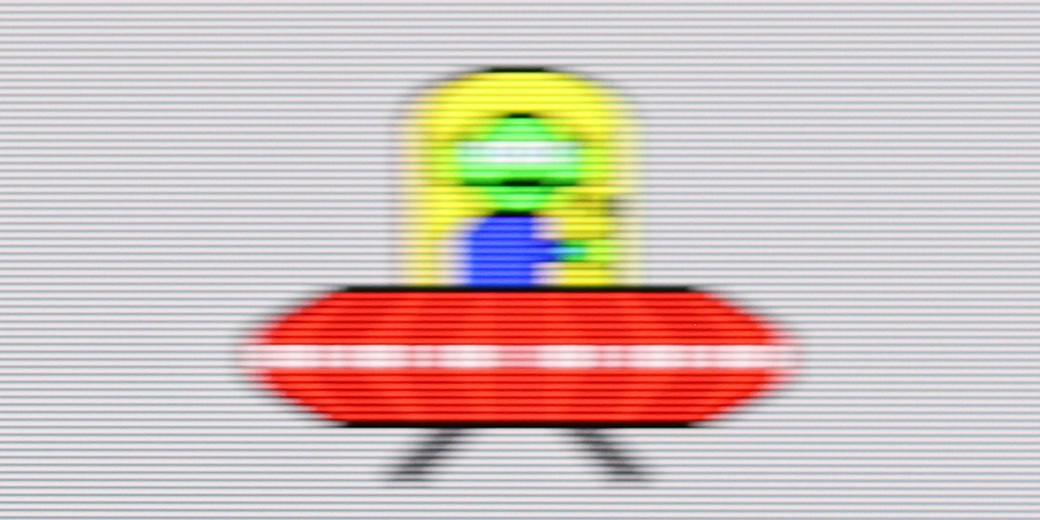
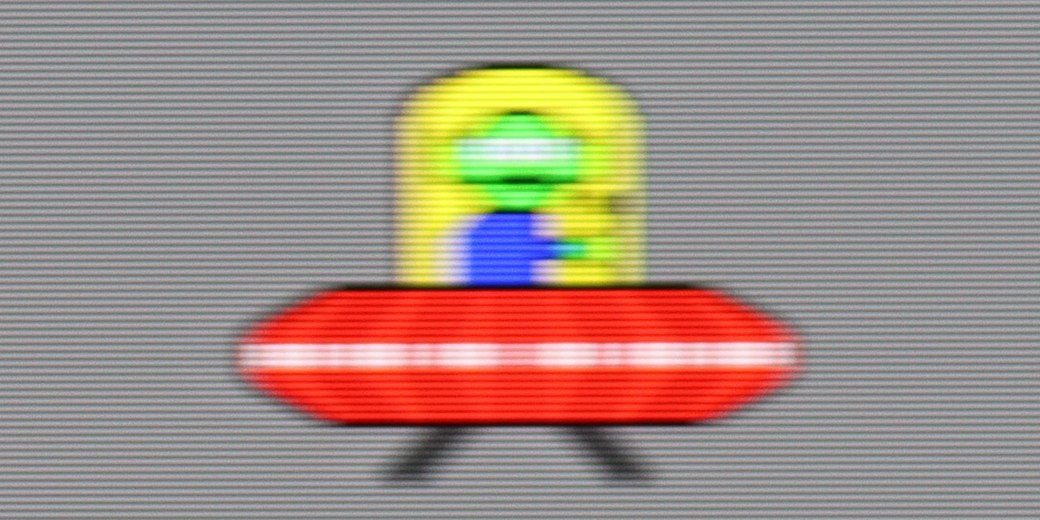
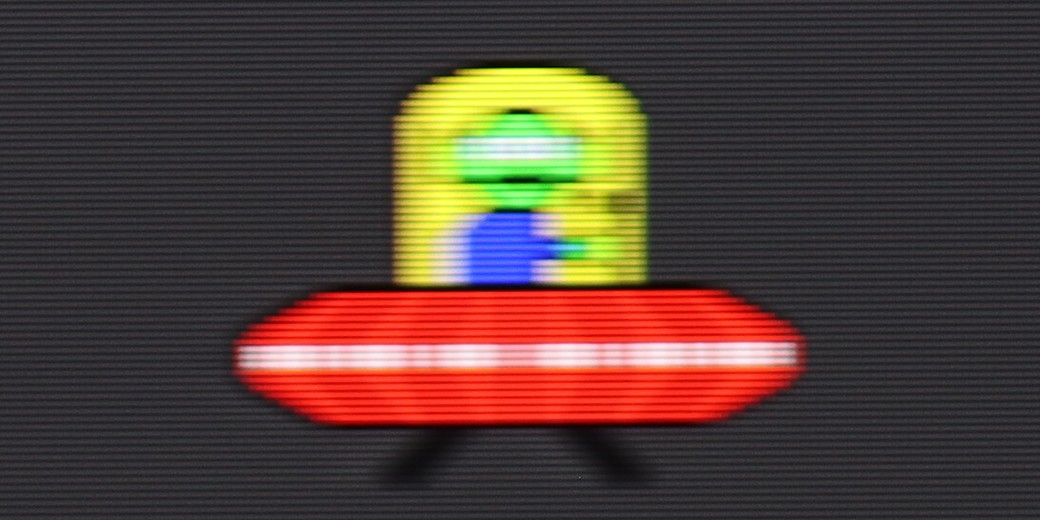
Philips MLED920 features a 144 Hz panel, which immediately suggests that we shouldn’t complain about motion smoothness. And indeed – for a VA panel, the motion blur is relatively low here, and while you can sometimes notice slight issues on darker backgrounds, they’re not something that will catch the eye of most people during regular viewing.
A big plus is also the presence of a motion smoother called “Motion Style.” It allows you to adjust the smoothness to your own preferences – if someone prefers a more “theatrical,” almost television-like character of the image, they can increase the sliders, and if they want to maintain the natural “judders” of a cinematic frame, they just need to set lower values. This way, everyone can find a happy medium.
The OLED panel with very high refresh rates already provides an incredibly sharp image even in dynamic sports scenes, such as football or basketball matches, and the Z95B is no exception. It's also very important that the television is equipped with the proprietary motion smoothing system 'Intelligent Frame Creation'. Among the available sliders, the most crucial one turns out to be the one called 'film smoothness', as it allows for adjusting the motion to personal preferences with 24-frame content, meaning films – from a more 'choppy' appearance to a smooth, almost theatrical effect. It's a bit disappointing that Panasonic didn't opt to push the latest OLED panel to 165 Hz, as Samsung did with the S95F or LG with the G5, because we know that the panel is technically capable of it. On the other hand, it mainly benefits PC gamers, so in everyday viewing, it's not a significant drawback as we are limited to 120Hz.
Console compatibility and gaming features
9.8/10
10/10
- ALLM
- VRR
- VRR range48 - 144Hz40 - 144Hz
- Dolby Vision Game Mode
- Correct implementation of HGIG
- 1080p@120Hz
- 1440p@120Hz
- 4K@120Hz
- Game bar

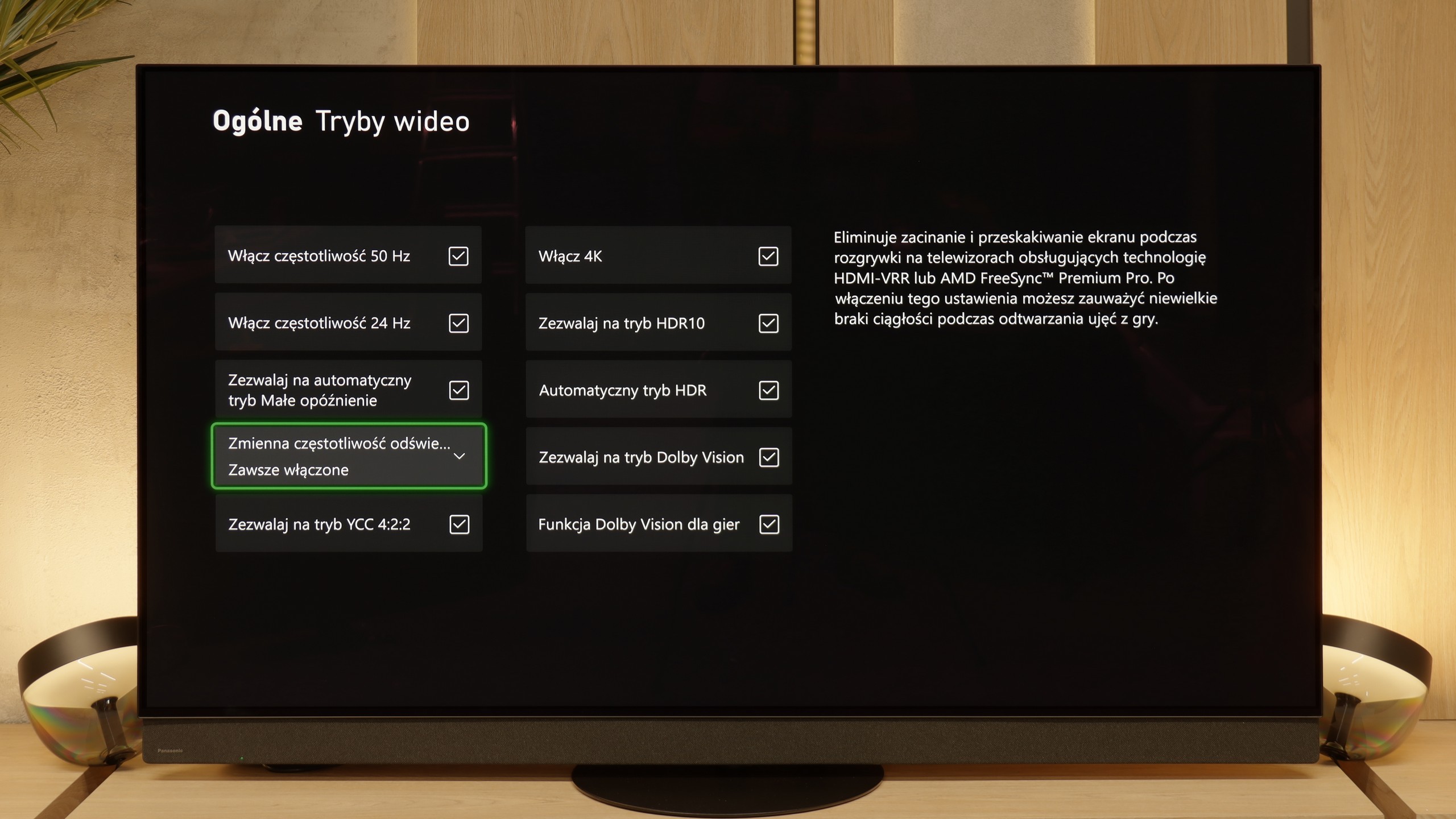

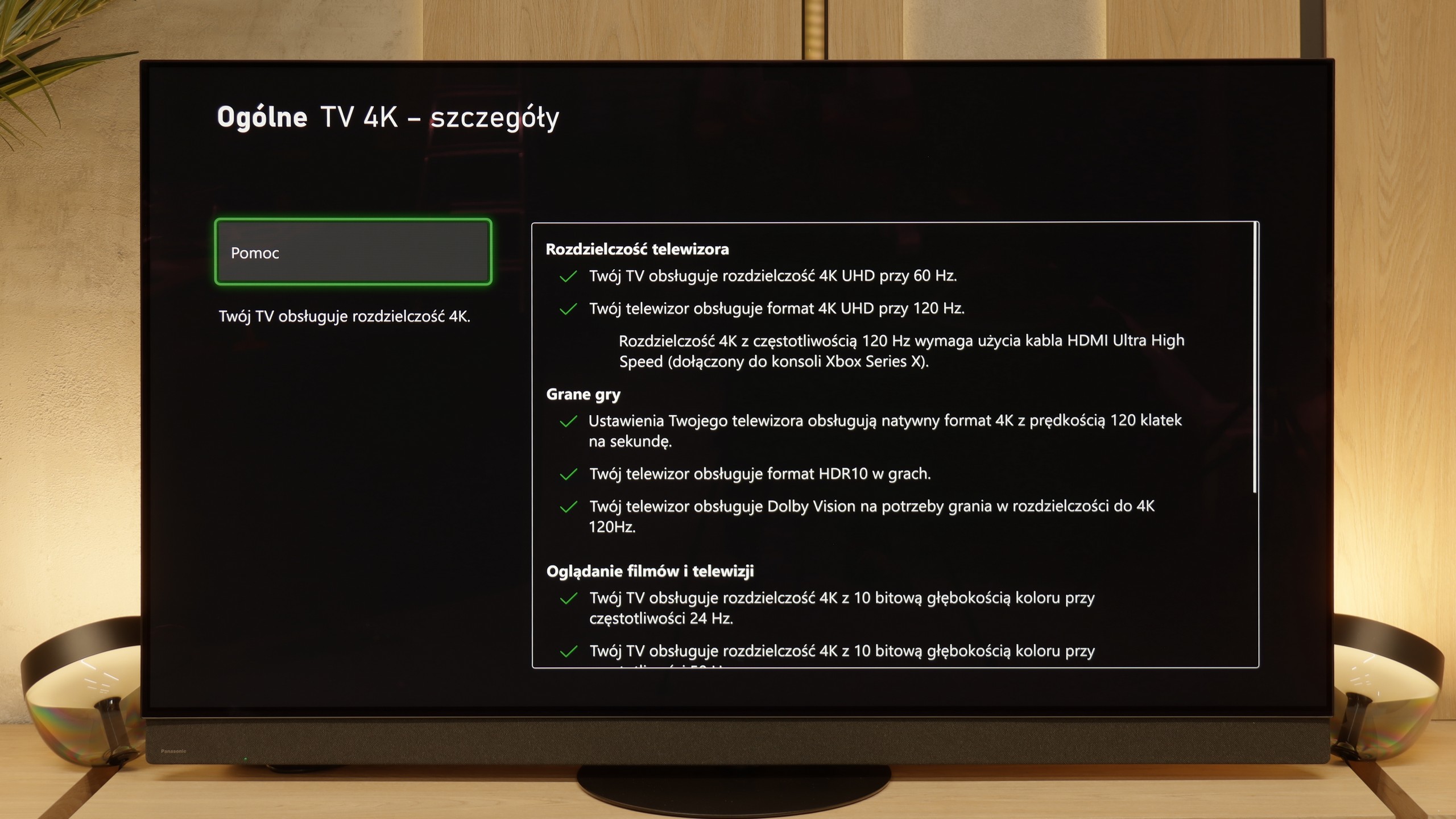

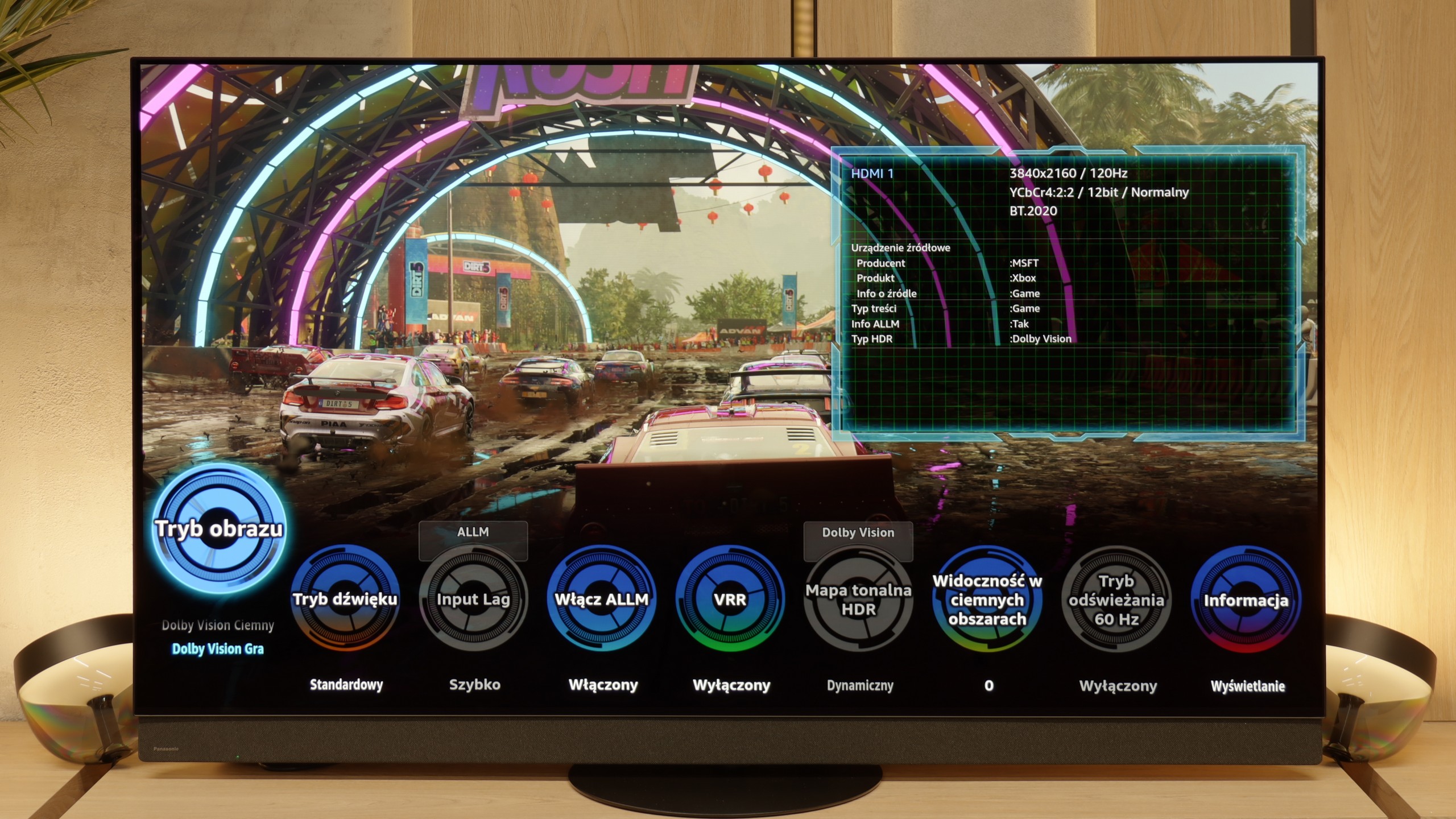

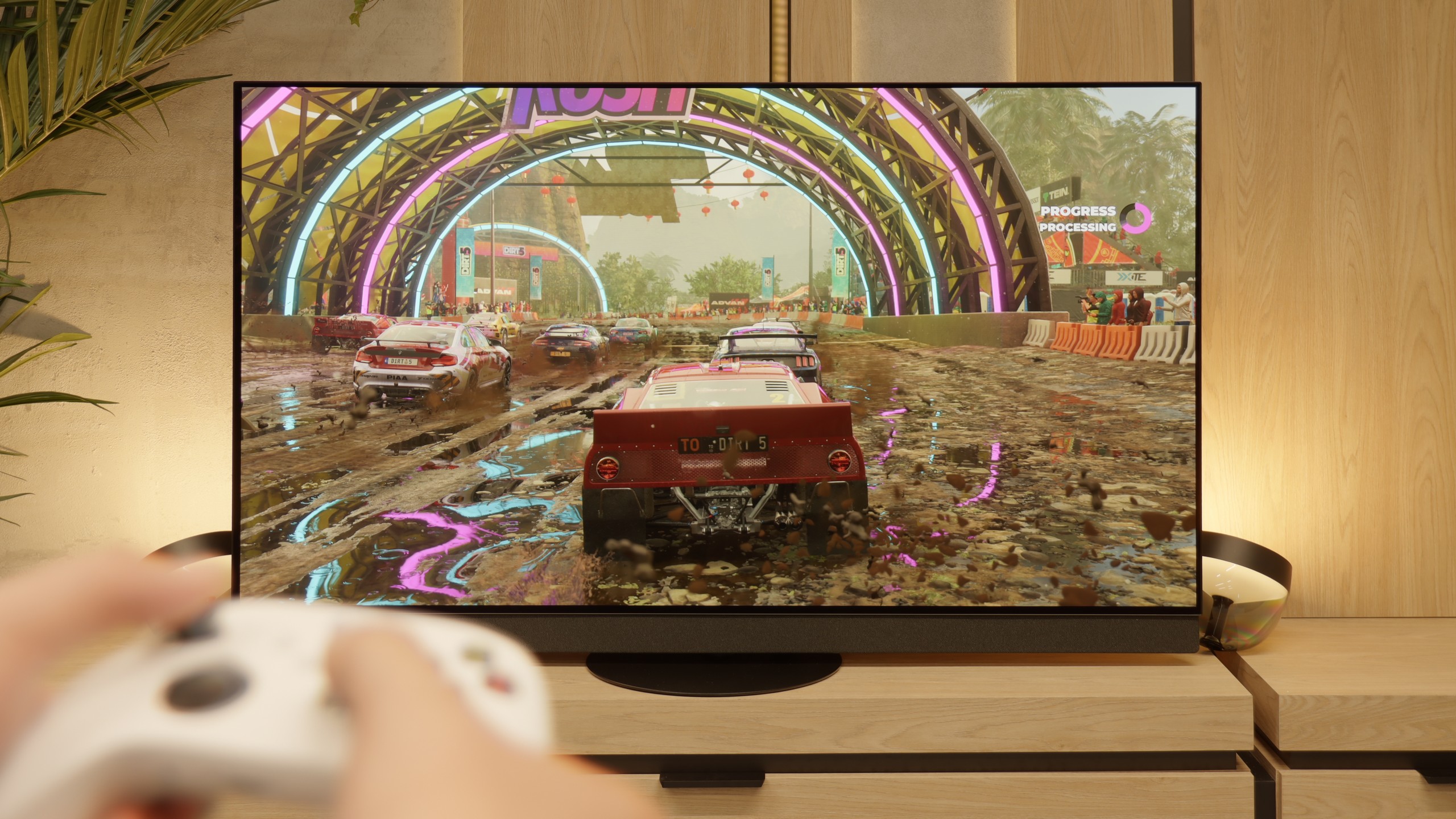
For gamers, the Philips MLED920 is truly a complete tool. The manufacturer has taken care of everything that is now considered standard in televisions for consoles and PCs. It has ALLM, so the console automatically switches the screen to game mode, there’s VRR and a 144 Hz refresh rate that ensures smooth gameplay even in fast-paced titles. All key HDR formats are supported – including HGiG and Dolby Vision Gaming for Xbox – which means that regardless of what you’re playing and on which console, the television will be able to extract the maximum potential from the image. In everyday gaming, the Game Bar proves useful too – a relatively simple implementation by Philips, but a functional panel where you can quickly check image parameters, enable VRR, or adjust details without leaving the game. It’s not as elaborate as the competition, but it does its job without any complaints. And finally, something that sets Philips apart from the competition – Ambilight. The three-sided LED backlighting can make a huge impression in games, especially in the evening. It’s also a way to slightly 'expand' the screen and create a greater sense of immersion. And since coloured LEDs have recently become almost an essential element of a gamer’s room, the MLED920 fits perfectly into this trend.
The Panasonic Z95B is fully equipped for gaming. Two HDMI 2.1 ports with a full bandwidth of 48 Gb/s guarantee support for everything you can expect from a modern screen. It features VRR frame syncing, an automatic game mode (ALLM), and full compatibility with HDR formats used in gaming. The TV supports both Dolby Vision for Xbox and the popular HGiG, which in this case has been implemented correctly, so it actually works as it should.
Although the brand is mainly associated with home cinema and equipment for filmmakers, there’s also space for gamer conveniences here. Onboard is the Game Bar (or rather Game Circles) – it looks a bit unusual visually, but it does its job and allows you to quickly check the most important image parameters. The only thing missing for complete satisfaction is actually having four HDMI 2.1 ports instead of two. It’s a minor detail, but with a TV of this class, one could expect a full set.
Input lag
9.6/10
10/10
SDR
HDR
Dolby Vision
The input lag on the Philips MLED920 is really very good – in 120 Hz mode, we measured values below 10 ms, which places this model among the absolute top of LCD TVs in terms of responsiveness. Even at 60 Hz, a result of around 18 ms is fully acceptable and won't interfere with any type of gameplay. One exception is the Dolby Vision mode at 60 frames, where the latency can increase to as much as 35 ms. This is a result that may be a bit glaring for esports players, but it must be stated honestly – for most so-called "casual gamers," it will be absolutely imperceptible. Especially since we're talking about values that still allow for comfortable gaming without major compromises.
Regardless of the content being watched, the input lag on the Z95B is exceptionally low – even in Dolby Vision the TV operates at 120 Hz with a delay of less than 5 ms. This result places it at the very top of the screens for gaming. If we could, we would comfortably give it a score of 11/10. 😉
Compatibility with PC
4/10
8.6/10
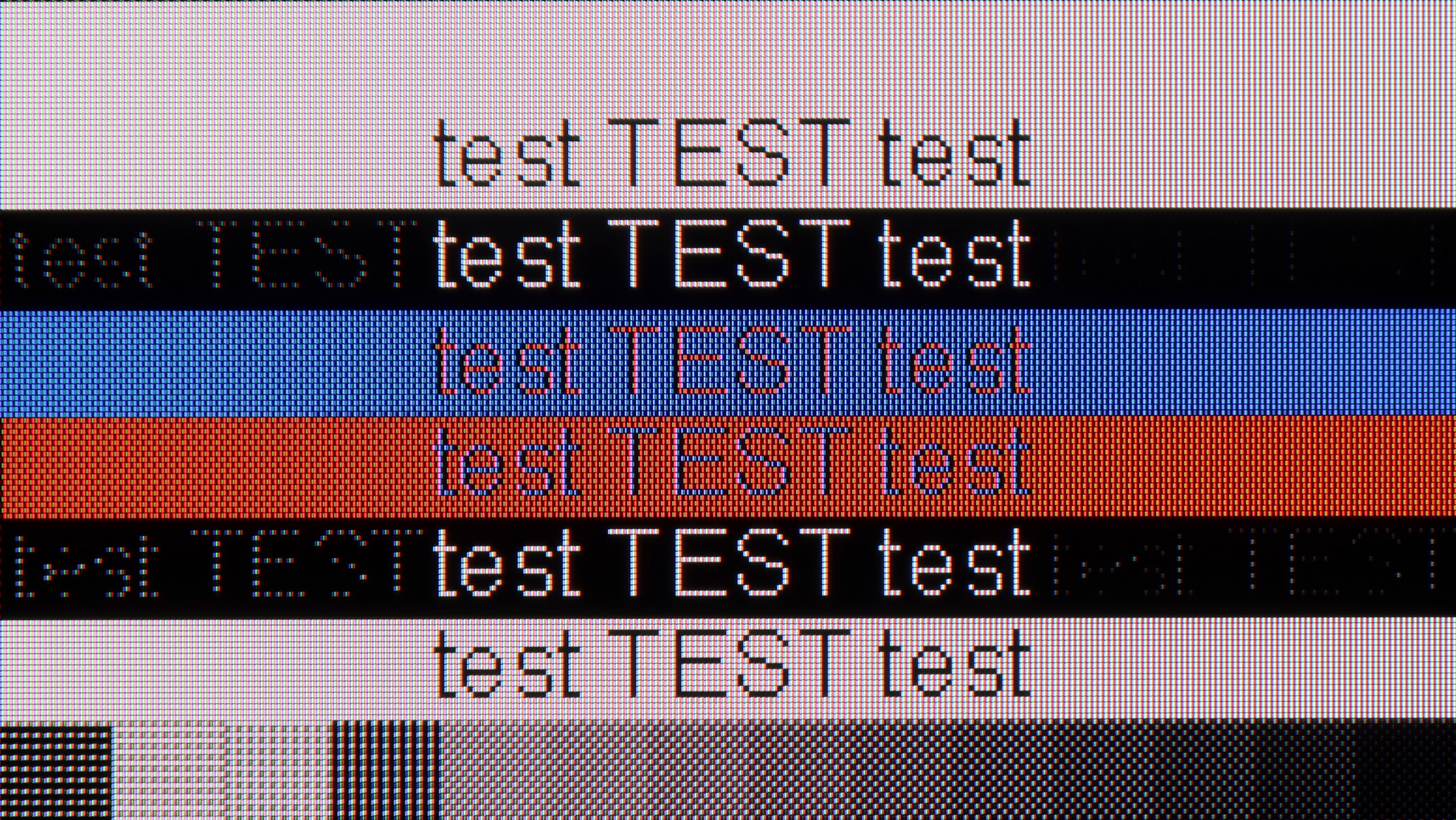
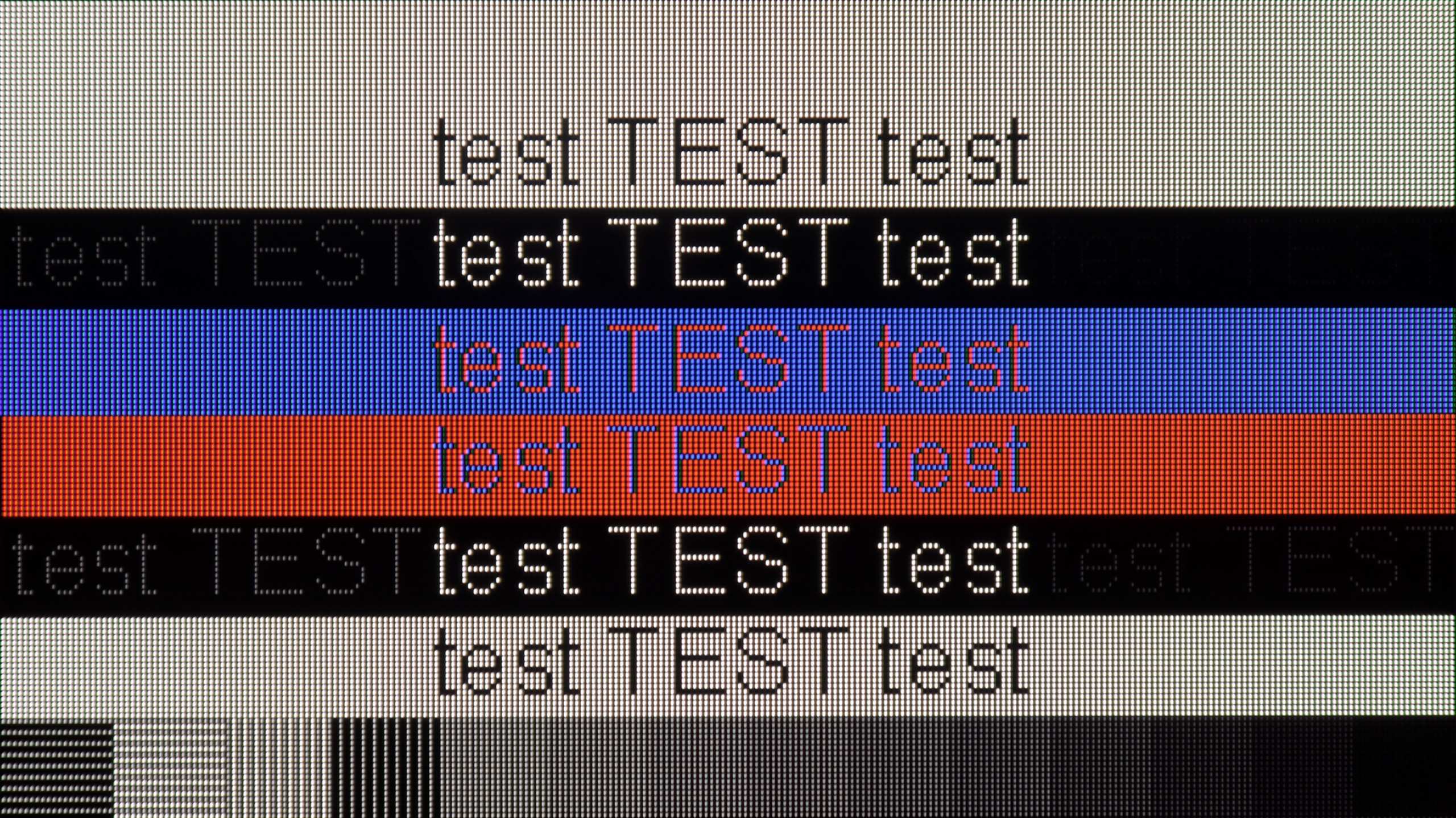
When it comes to working with a PC, the Philips MLED920 evokes quite mixed feelings. On one hand, it looks impressive on paper – we have 144 Hz, support for G-Sync and FreeSync, so in terms of gaming on PC, the TV does not disappoint. Anyone looking for a large screen for computer games gets a solid package of features here. However, when we try to use it as a typical monitor for everyday work, its limitations quickly become apparent. The fonts do not look the best – there is noticeable strong dithering, coloured letters can be jagged, and with very dark text, there are even strange anomalies, as if the panel is losing thin lines and having trouble reproducing them correctly. In short: For PC gaming, yes. For any work and reading text: a definite no.
The Z95B can easily be connected to a computer and used as a large monitor. Sure, with the WOLED pixel arrangement, the fonts don't look as perfectly sharp as on typical monitors with IPS panels, and this can be noticed during office work, but it's hard to consider it a serious problem. Not many people buy such a TV for Excel. 😉 When it comes to gaming on PC, there’s nothing to complain about. The 144 Hz mode works brilliantly, and we have full support for G-Sync and AMD FreeSync, so frame synchronization works flawlessly with any graphics card. Despite minor issues with font display, it's hard for the Z95B to struggle in this role – it performs simply phenomenally as a gaming screen.
Viewing angles
3.2/10
8/10
The viewing angles on the MLED920 are classic for VA type panels – even a slight tilt from the centre causes the image to start losing colours, contrast weakens, and the overall picture becomes quite flat and less appealing. There are no miracles here. So if you’re watching films with a larger group and everyone is sitting a bit to the side, this will be slightly noticeable. On the other hand, you get what you pay for: thanks to this panel, the MLED920 can display a much deeper black than TVs with IPS panels.
In this respect, the Z95B performs really well. The drop in brightness at an angle is just 11 percent, which is exactly what the best QD-OLED panels and the previous generation MLA from LG Display are recording. This means that even when watching the TV from the side, there’s no impression that the image becomes washed out or difficult to read.
Colors do fade slightly at extreme angles and aren’t as stable as in QD-OLEDs, but it’s hard to consider that a serious issue. The picture still looks great, and you can be confident that when watching the Z95B from a large angle, everything remains clear. It's also worth noting the swivel stand in terms of viewing angles, as this practical solution allows you to easily adjust the screen so that everyone in the room has the best possible view.
TV efficiency during daytime
5.5/10
7.4/10

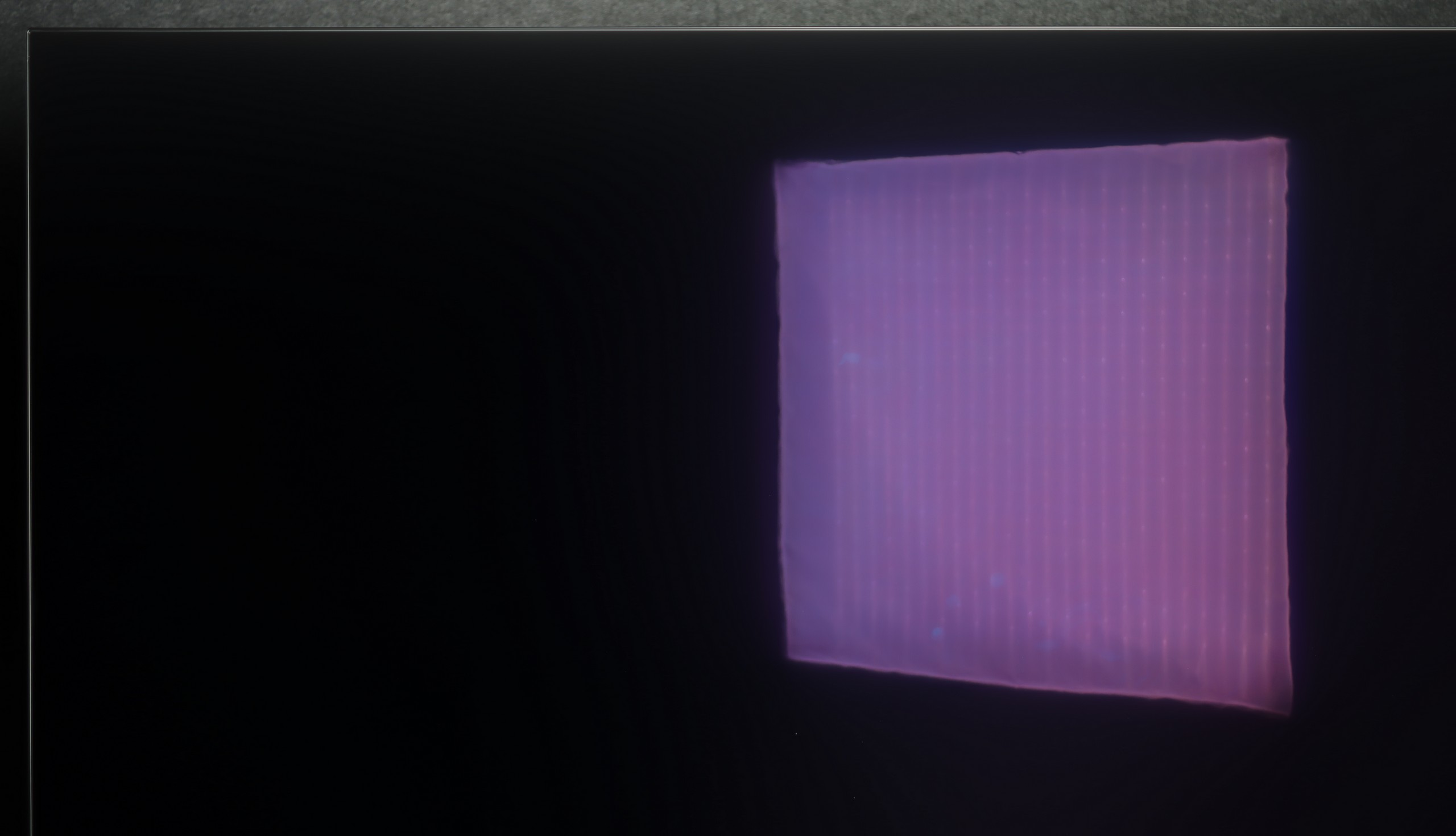

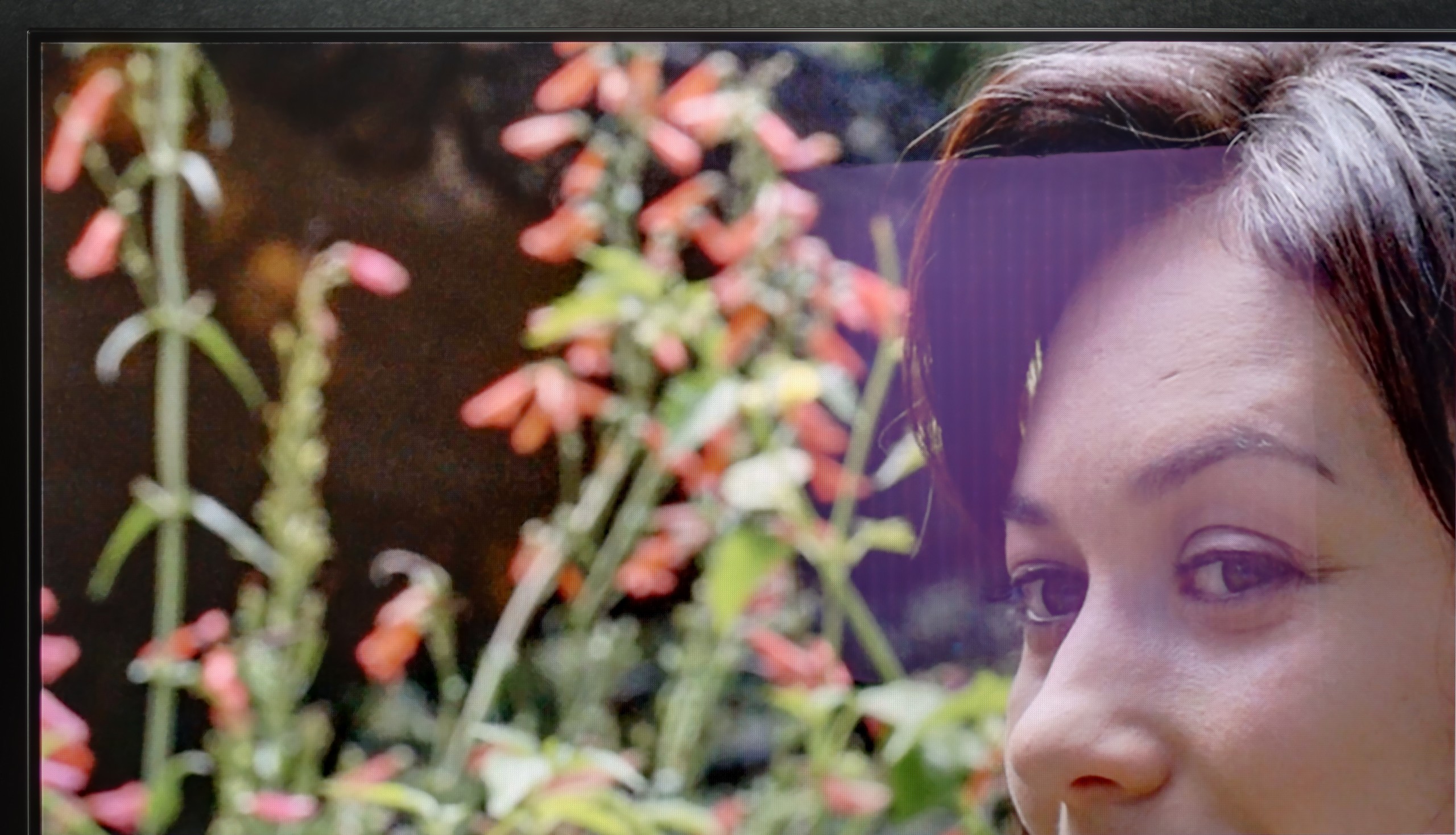
Matrix brightness
Average luminance SDR
Panasonic Z95B: 623 cd/m2
Philips MLED920 / MLED910: 421 cd/m2
Philips MLED920 performs quite well in everyday use. The satin finish on the panel effectively reduces reflections, and in most moderately sunny living rooms, it manages unwanted glare quite well. However, it's important to remember that this is not a TV that dazzles with brightness – the average value in SDR hovers around 450 nits. In very bright rooms, particularly with large south-facing windows, the screen doesn't always stand up to the intense daylight. In such situations, it's worth supporting it with even light curtains, so viewing comfort doesn't suffer too much.
The year 2025 is the time when it can be confidently said that OLEDs are suitable for viewing even in brightly lit rooms. The new generation of WOLED panels, used in the Z95B, can achieve truly high brightness – the average value for the Z95B in SDR mode is as much as 623 nits. This is a result that just a few years ago was beyond the reach of this technology. Of course, it is not at the level of the best LCD televisions designed for bright lounges, and the panel itself, glossy with a gentle filter, handles glare suppression moderately well. Nevertheless, it’s hard to have major objections. The Z95B easily copes in most daylight conditions, and you can comfortably watch TV or movies even when a lot of light is coming into the room.
Details about the matrix
Subpixel Structure:

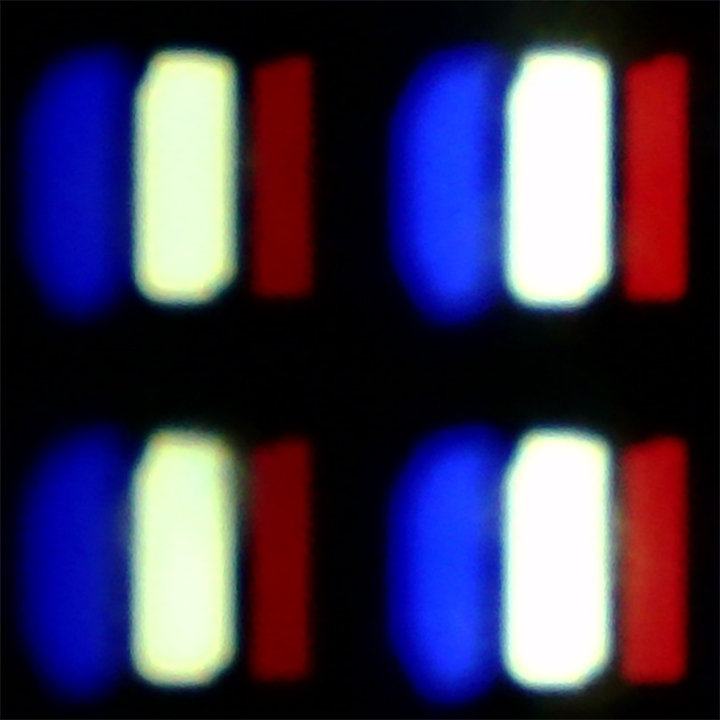
Panel uniformity and thermal imaging:


Philips MLED920 / MLED910
Panasonic Z95B
TV features
5.5/10
6.8/10
- HDMI inputs0 x HDMI 2.0, 4 x HDMI 2.1 48Gbps2 x HDMI 2.0, 2 x HDMI 2.1 48Gbps
- OutputsToslink (Optical audio), eARC (HDMI), ARC (HDMI), Mini-Jack (Headphones)Toslink (Optical audio), eARC (HDMI), ARC (HDMI), Mini-Jack (Headphones)
- Network InterfacesWi-Fi 2.4GHz, Wi-Fi 5GHz, Ethernet (LAN) 100MbpsWi-Fi 2.4GHz, Wi-Fi 5GHz, Ethernet (LAN) 100Mbps
- TV receptionDVB-T, DVB-T2, DVB-S, DVB-S2, DVB-CDVB-T, DVB-T2, DVB-S, DVB-S2, DVB-C
Classic features:
- Recording to USB (terrestrial TV)
- Recording programming
- Picture in Picture (PiP)
- RF remote control (no need to aim at the screen)
- Backlit remote control
- Teletext
- Audio only mode
- Bluetooth headphones support
- Simultaneous Bluetooth headphones & TV audio
Smart features:
- AirPlay
- Screen mirroring (Windows Miracast)
- Voice search
- Voice search in native language
- Ability to connect a keyboard and mouse




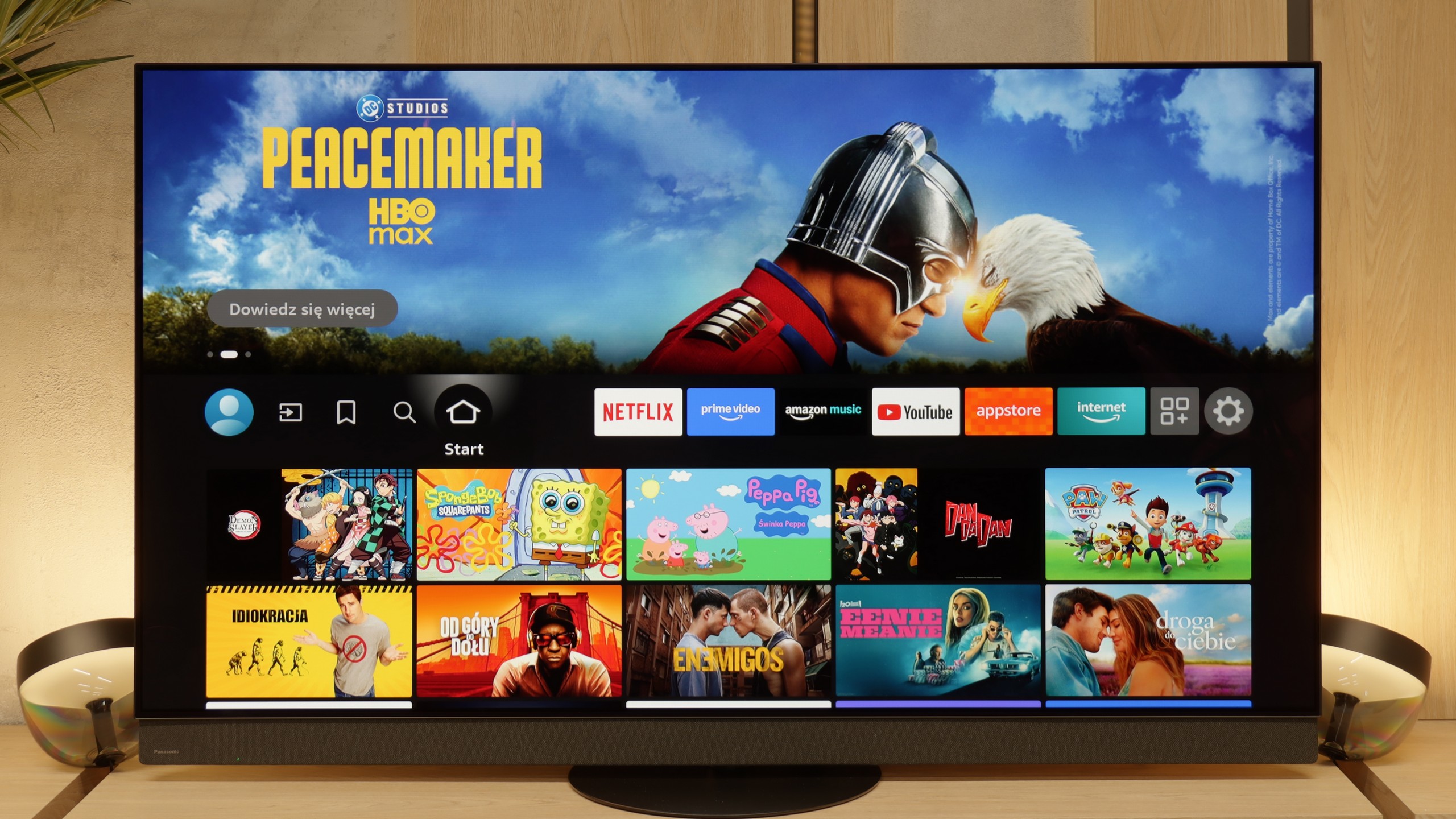
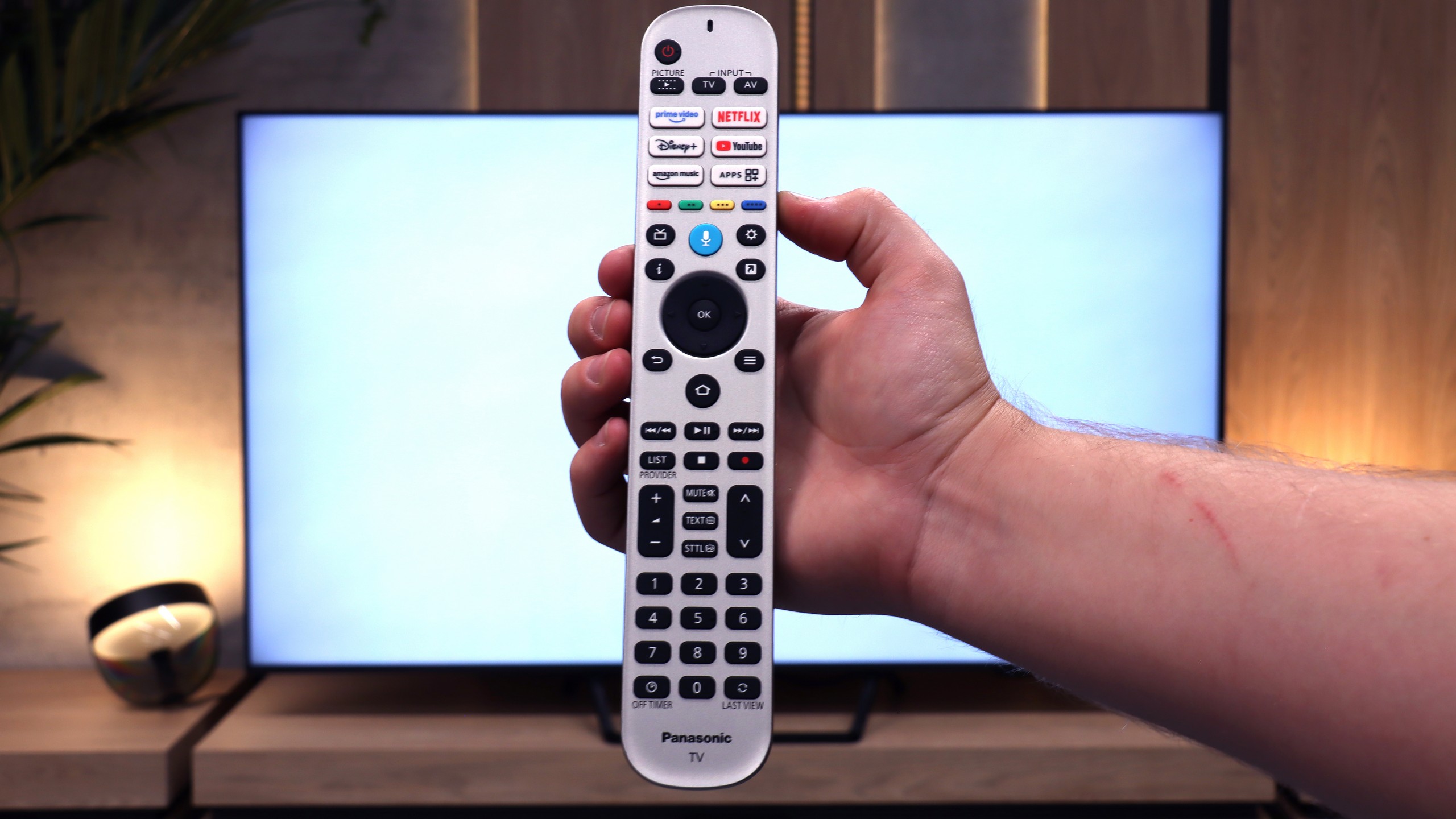
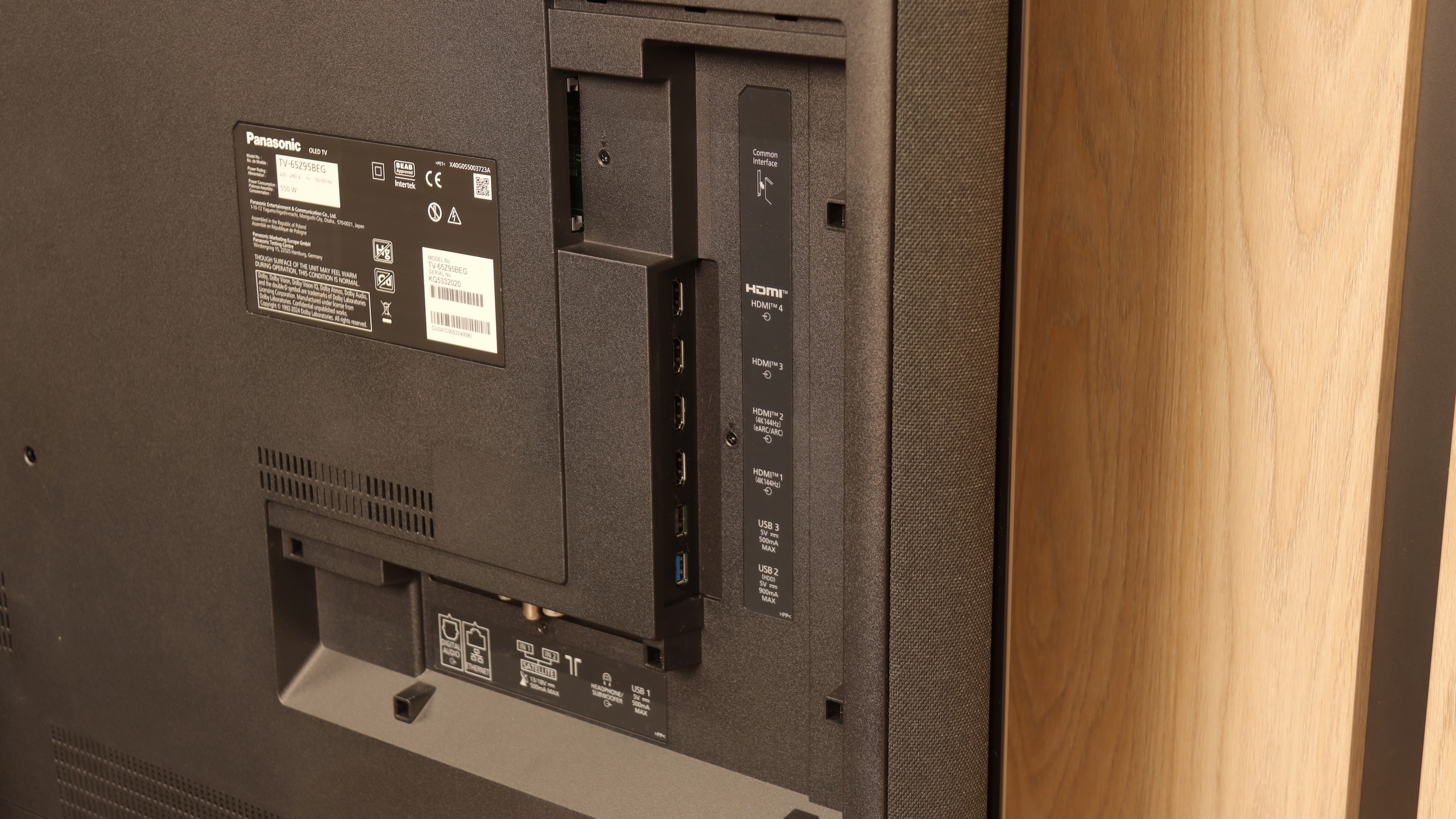
Smart TV – Titan OS
Philips MLED920 uses the proprietary Titan OS, which is just starting its adventure in the TV market and unfortunately, this is evident at every turn. On one hand, we have basic features – such as AirPlay support or the ability to mirror content from a smartphone, but on the other hand, its limitations quickly become apparent. Screen mirroring works only with a phone, but not with a laptop. Voice search? Yes, but it only works with Amazon Alexa and in languages supported by this assistant. The system operates fairly quickly, but every now and then it can "fail" and gives the impression of something that is underdeveloped and still evolving.
Classic TV Functions
Titan OS also doesn't excel in terms of classic TV functions. Aside from the hybrid remote with a numeric keypad – which is indeed backlit and thoughtfully designed in two modes, it unfortunately operates on infrared – there’s nothing here that would truly set the MLED920 apart from the competition. There’s a lack of USB recording or a PiP function, and such solutions could be useful in this class. From unusual additions, we have an analog output in the form of a jack, which allows for connecting headphones or older speakers. It’s a small nod to users who still use older equipment.
Ambilight TV
What definitely draws attention away from the shortcomings of Titan OS is the unique, three-sided Ambilight system. Here, Philips still plays in its own league and can impress those who haven't experienced this feature before. The colour backlighting that reacts to the content on the screen adds a unique atmosphere to viewing sessions and is something that the competition does not offer in a similar form. It is precisely Ambilight that is meant to ensure that other shortcomings – both system-related and functional – take a back seat.
Smart TV: Amazon FireTV
Panasonic's Z95B uses the Fire TV system, which is a platform created by Amazon. This is a significant change because just two years ago the company relied on its own Linux-based system. At first glance, everything looks good – the interface is clear, and the operation is quite simple. Additionally, we have AirPlay, which allows you to stream photos or videos from your iPhone, as well as screen mirroring from both Windows and Android phones. The TV also works with Amazon Alexa voice assistant, but here a rather strong limitation quickly arises. In practice, only a few of the most popular languages work well, such as English, while Polish is still not available, and there’s no indication of when it will be.
Classic Features
Here things become at least strange. During testing in the editorial office, the TV refused to find any channels – neither satellite nor terrestrial. As a result, we couldn’t check the functionality of PiP or the operation of the tuner itself. The only certain thing is USB recording, as right after connecting a USB drive, the TV immediately asked if we wanted to format it for this purpose. The remote looks quite classic – it’s large, with a full numeric keypad, and a plus is that you don’t have to aim at the screen since it operates with RF technology.
Everyday Usage Issues
The biggest disappointment, however, arises with the apps and system stability. Some apps are simply unavailable in Poland, others can be found but cannot be downloaded as they are tied to specific markets. On top of that, there are strange bugs, untranslated menu elements, and occasional "freezes," which can effectively diminish the enjoyment of using such a good screen as the Z95B. So, it can be said that while the Z95B impresses with its picture quality as a "monitor," as a smart TV it can be frustrating and disappointing across the board.
Playing files from USB
8.5/10
3.5/10
Supported photo formats:
Maximum photo resolution:

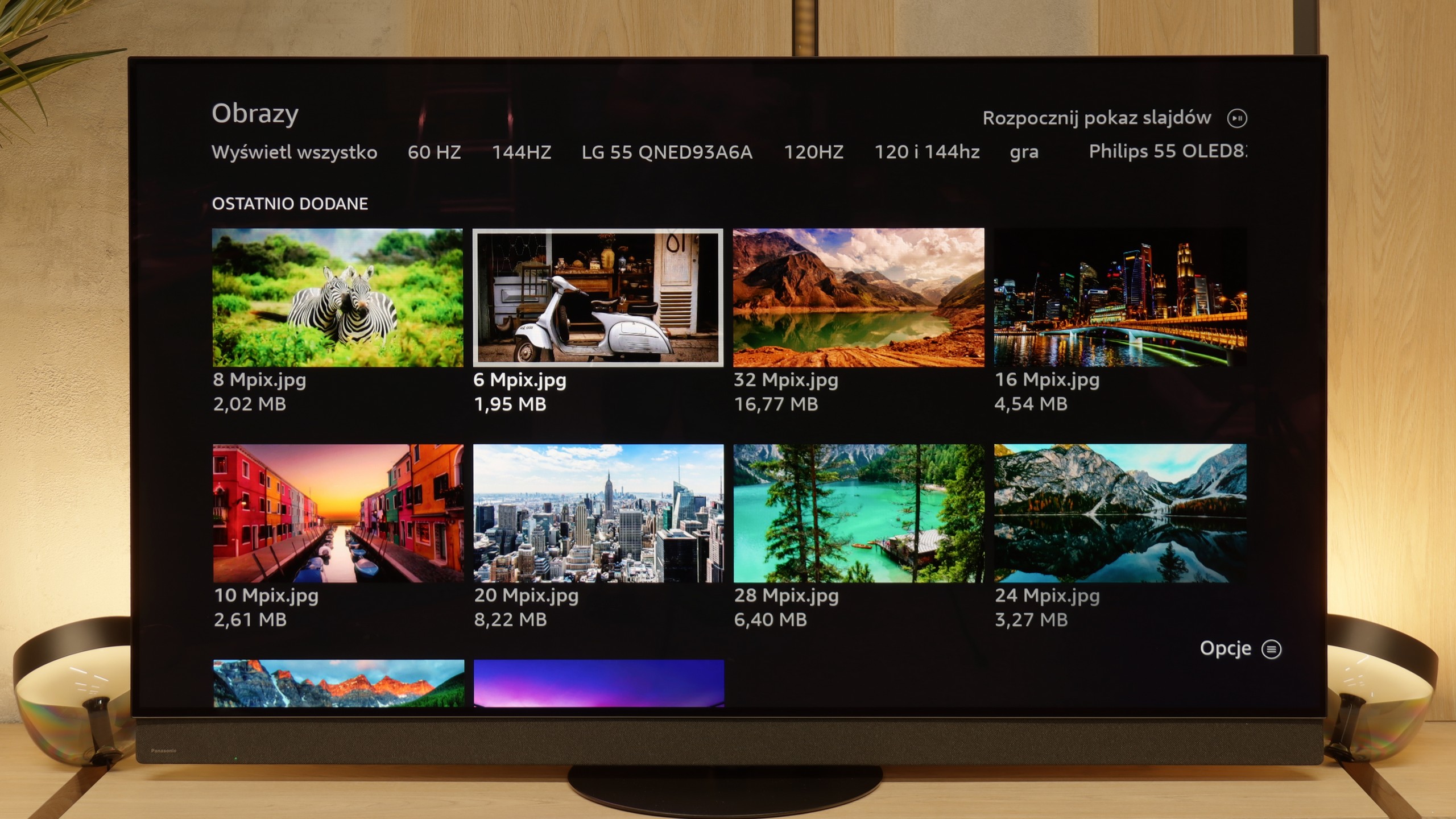
The built-in player in the Philips MLED920 works quite well and handles most popular audio and video files without any major issues – just as you can see in our test table. So there’s no worry about typical movie or music formats. The only complaint we can have is regarding its rather selective support for photo formats and some resolutions.
Here we also encountered another issue with the Fire TV system. The built-in player handles popular audio and video files without any problems, so at first glance, everything seems fine. However, the problem starts when we want to enable subtitles in movies. We were unable to launch any format – neither .srt, nor .sub, nor .txt. Regardless of the settings, the subtitles simply did not appear. So if you have a film with a separate subtitle file, you are forced to watch it in the original language unless the subtitles have been permanently embedded in the image. Considering the quality of this television, it's quite a disappointment and further proof that Fire TV still has plenty of shortcomings that can ruin the joy of use.
Apps
6.7/10
7.2/10














































Sound
6.2/10
8.9/10
- Maximum volume88dB91dB
- Dolby Digital Plus 7.1
- Dolby True HD 7.1
- Dolby Atmos in Dolby Digital Plus (JOC)
- Dolby Atmos in Dolby True HD
- DTS:X in DTS-HD MA
- DTS-HD Master Audio
The sound in the Philips MLED920 is probably not the element that will impress you the most. It sounds fairly flat, lacking depth and clearer bass, which means movies or concerts don't have that extra layer of immersion that a better audio system can provide. However, it must be said that the volume is at a really decent level – the TV can ramp up to even 88 decibels. A big plus of the MLED920 is not so much the sound quality itself, but the support for audio formats. Philips has ensured compatibility with virtually all the major standards, including Dolby Atmos, DTS, and Dolby TrueHD 7.1. This means that if someone decides to connect an external soundbar or amplifier, they won't encounter any limitations and will be able to enjoy the full cinema sound.
The built-in audio system in the Panasonic Z95B is truly impressive. The manufacturer has added an extra soundbar that completely changes the audio experience of the television – this time, it can confidently be said that no external equipment is needed to enjoy full and dynamic sound. The bass is clear and surprisingly strong, dialogues remain intelligible even during louder action scenes, and the television can play quite loudly, reaching levels of up to 91 decibels. Another positive is the full support for Dolby Atmos, so if you’re using films or streaming services that support this format, you can expect spatial and impressive sound. A certain limitation is the lack of support for DTS:X – if someone plans to connect a home theatre or Blu-ray player with this standard, they must consider that the television will not play it, but this shouldn't be a major concern looking at how all manufacturers approach this standard. I suppose we have to come to terms with that.
Sound Quality Test
No sound test video
Acoustic Measurements
88dBC (Max)
75dBC
91dBC (Max)
75dBC


